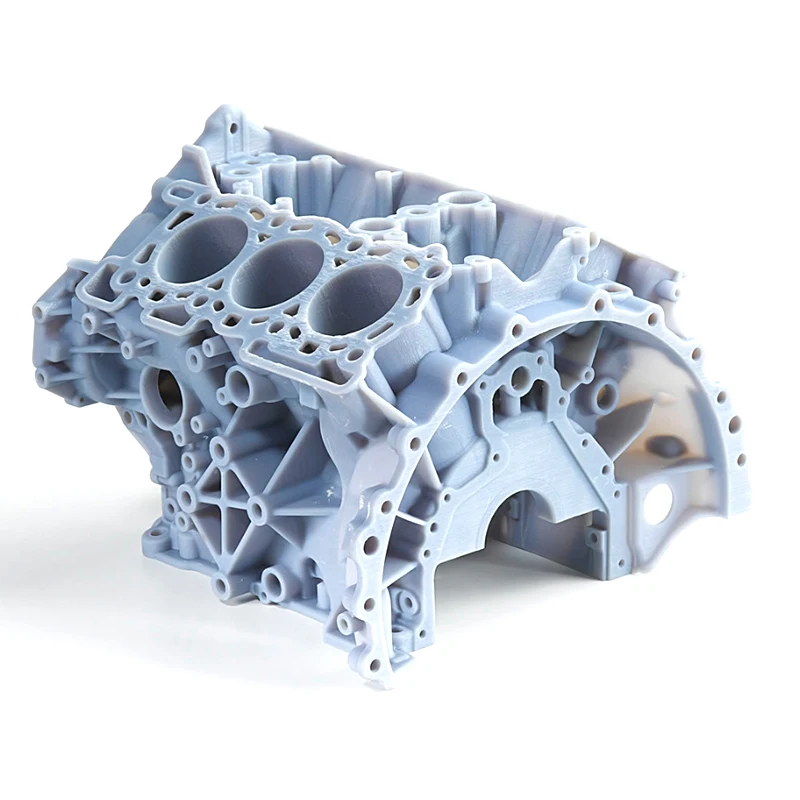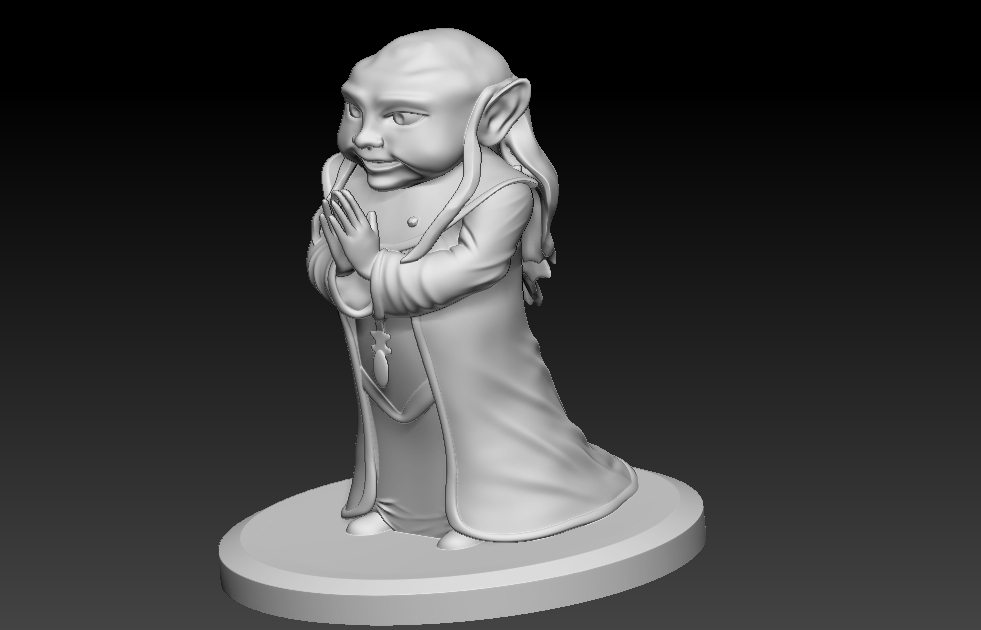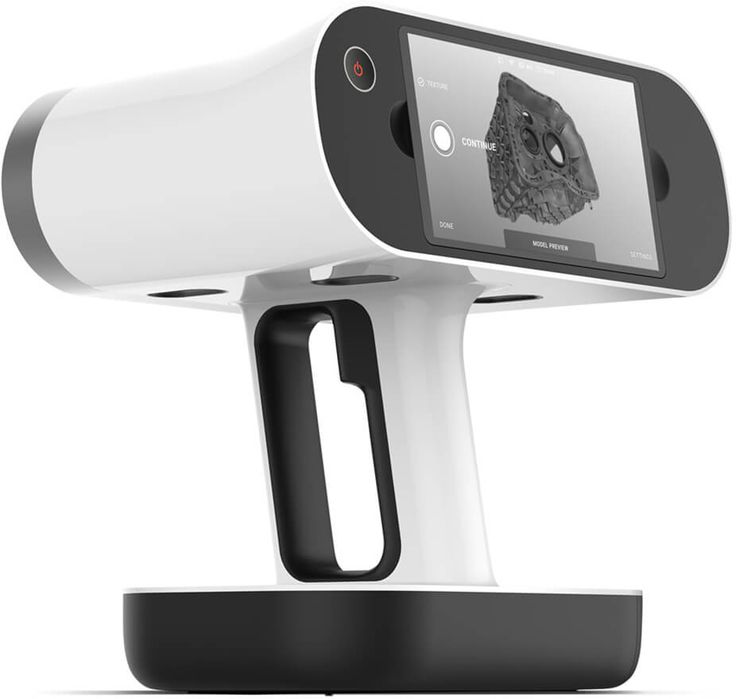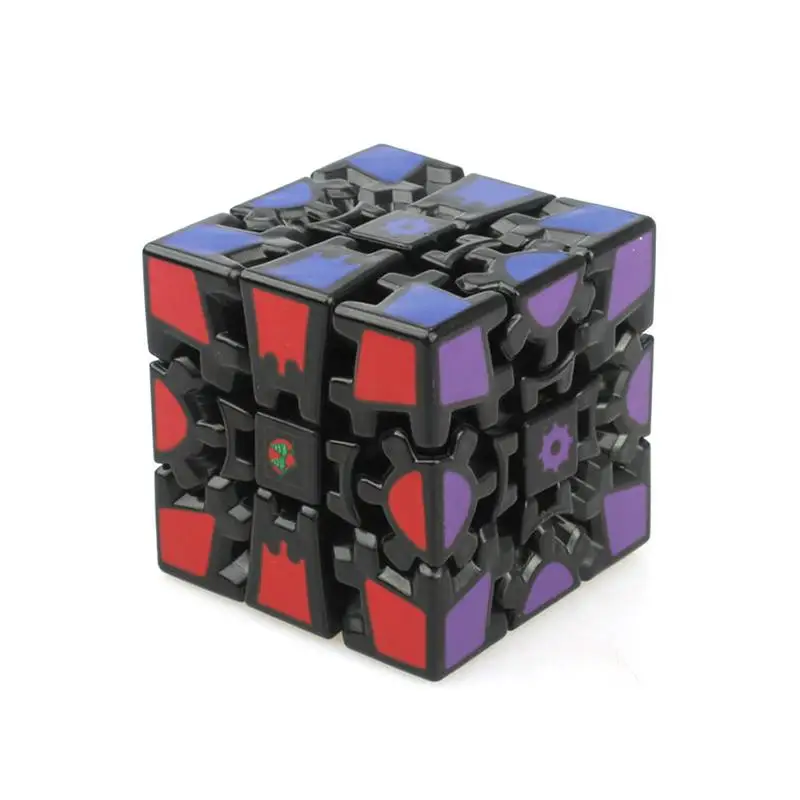Largest resin 3d printer
Best Large Resin 3D Printers in 2023 (Every Price Range)
For some, size matters – and a normal-sized resin 3D printer just won’t cut it. For you size kings and queens, bigger is better, and you shouldn’t have to compromise on your quest for the biggest resin 3D printer around.
And with resin printing becoming more affordable than ever before, buying a large resin 3D printer vs outsourcing larger resin prints to a service has never been more cost-effective.
Why Buy a Large Resin 3D Printer?
First, by keeping prototyping in-house you retain full control, you can prototype as fast as your printer will print, and you still don’t have to compromise on size.
BUDGET PICK
Elegoo Saturn
One of the best low-cost large resin 3D printers
Great accuracy and speed with 2-3s per layer exposures, ideal for batch printing of miniatures or single larger prototypes
Reliable and durable printer
Available at:
MID-RANGE PICK
Anycubic Photon M3 Max
The largest resin 3D printer for under $1000
For a lower-cost home business, you won’t find anything that can print more small models in an hour for cheaper
Amazing 6480x3600px 13. 6” 7K LCD for resin curing power
Available at:
Anycubic hereAmazon herePREMIUM PICK
Phrozen Sonic Mega 8K
70mm/h speed for even faster curing than Anycubic and Elegoo printers
Maintains excellent 43-micron resolution even at large build volumes
Ideal for high-quality prototyping, and for selling D&D and other custom 3D models
Available at:
Resin printers typically have smaller build volumes than their FDM counterparts, focusing instead on outrageous quality and incredibly smooth surface finishes.
However, this creates problems when you want to prototype larger parts, such as helmets or tools and equipment. With a large volume resin 3D printer, you’re free to print human-sized resin parts that can be tested right away.
And even if you’re a hobbyist looking to print large cosplay pieces or other parts, some large format resin 3D printers have become so affordable that you can even get in on the action at home.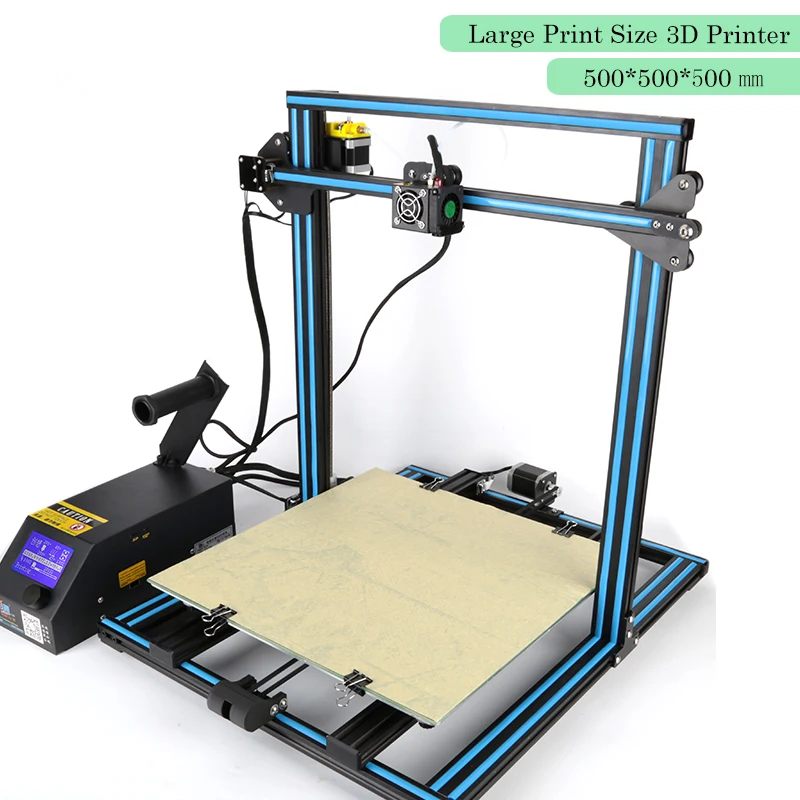
We have therefore picked our recommendations for the best build volume format resin 3D printers, in both more affordable and commercial and industrial price ranges and specs, so you can pick the ideal printer for you.
TOP PICKS
The Best Large Resin 3D Printers – Full Round-Up
Desktop Large Resin Printers
- Elegoo Saturn — cheapest large resin printer
- Anycubic Photon M3 Max — Best for $1,000
- Phrozen Sonic Mega 8K — best premium desktop large volume resin printer
Professional Large Resin Printers
- Peopoly Phenom L
- Peopoly Phenom Prime
- Formlabs Form 3L
The Best Large Resin 3D Printer Reviews
3DSourced is reader-supported. When you buy through links on our site, we may earn an affiliate commission. Learn more
Affordable Large Resin Printers
1.
 Elegoo Saturn
Elegoo Saturn- Price: Check latest price at Elegoo store here / Available at Amazon here
- Large resin 3D printer build volume: 192 x 120 x 200 mm
Pros
One of the best low-cost large resin 3D printers
Great accuracy and speed with 2-3s per layer exposures, ideal for batch printing of miniatures or single larger prototypes
Reliable and durable printer
Cons
Newer Saturn 2 and Saturn S may suit you better (but they’re more expensive)
The Elegoo Saturn packs a powerful punch with its 8.9-inch 4K monochrome LCD, offering fast 2-3 secs/layer printing — a 60% improvement on Elegoo’s cheaper Mars Pro — and with upgraded stellar quality.
The build volume is far larger than most entry-level large bed resin 3D printers at 192 x 120 x 200 mm, and while this isn’t large enough for printing tools prototypes like spades, for example, you can still print most normal-sized resin parts here.
And for smaller resin prints like casts for jewelry, small prototypes, or fun home projects, you can fit many within each print run. Elegoo Saturn printing a graboid from the movie Tremors. Credit: Dr. Barkau and Mr. Chris
Elegoo Saturn printing a graboid from the movie Tremors. Credit: Dr. Barkau and Mr. Chris
The upgraded Z-axis moves more precisely and accurately – and you’ll see the differences as it churns out delightful resin prints. The printer contains 54 LEDs to accurately print large objects and solidify resin more uniformly than ever before.
It’s also built to need less frequent leveling – saving you hassle – and the Elegoo Saturn is known for great adhesion when printing.
2. Anycubic Photon M3 Max
- Price: Check latest price at Anycubic here / Amazon here
- Build Volume: 298 x 164 x 300 mm
- XY Resolution: 46 microns
- Minimum Layer Thickness: 0.01 mm
- Speed: 60 mm/h
Pros
The largest resin 3D printer for under $1000
For a lower-cost home business, you won’t find anything that can print more small models in an hour for cheaper
Amazing 6480x3600px 13. 6” 7K LCD for resin curing power
6” 7K LCD for resin curing power
Cons
The smaller Photon M3 models offer slightly better XY resolution
The latest in Anycubic’s long line of budget-friendly resin 3D printers, the Photon M3 Max is the manufacturer’s first venture into super-sized build volume territory.
Encompassing 298 x 164 x 300 mm, it has plenty for all those bigger resin projects you’ve put off due to size constraints.
A 13.6″ 7K LCD delivers a dizzying 6480 x 3600 pixels, which, when put to the test, offer a 46 micron XY resolution, which considering the build volume, is extraordinarily accurate (resolution declines with size). That is sufficient detail to bring out armor and weapon details on tiny figures and minis, or to craft intricate and patterned jewelry.
It’s also super fast, at 60mm/hr print speed – which across the large print bed means you can dozens of minis in one job.
Elsewhere, Anycubic has weaved some welcome ease-of-use features. An automatic smart resin filling system sees a resin bottle mounted on the machine. It automatically tops up the vat as required, almost guaranteeing uninterrupted printing for even the largest prints.
It automatically tops up the vat as required, almost guaranteeing uninterrupted printing for even the largest prints.
Elsewhere, there’s a replaceable screen protector and solid adhesion courtesy of a checkerboard build plate.3D Printed Moon Knight character. Source: Reddit
So, why opt for the Anycubic Photon M3 Max over the Phrozen Sonic Mega 8K?
For one thing, price. The Mega 8K costs more than twice as much, due to Anycubic’s sensible cost cutting (mainly plastic-heavy construction) to sell the M3 Max at a reasonable price.
Where the extra money goes is clear: the Mega 8K is faster, offers better print detail, and provides a large build volume.
But, for makers needing an XL printer at a reasonable price and one capable of delivering feature-rich and detailed prints, the Anycubic Photon M3 Max is a great compromise and the top budget large SLA printer pick.
That said, if you have the extra funds, then the Phrozen Sonic Mega 8K is a substantially better machine.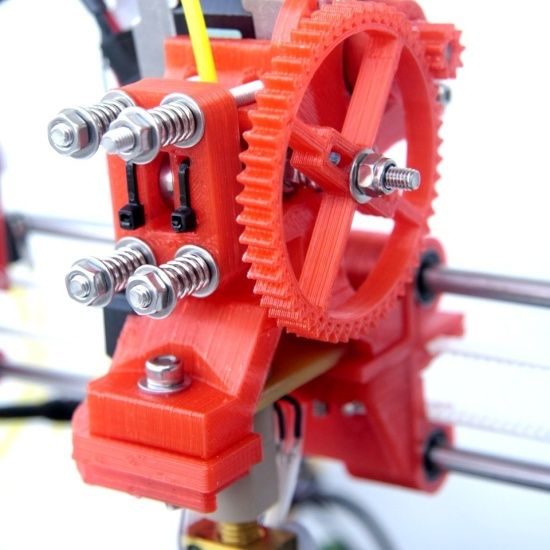 It has a much more versatile set of features that are better suited to serious prototyping, batch printing Dungeons & Dragons, or other tabletop miniatures to fuel a small business or workshop.
It has a much more versatile set of features that are better suited to serious prototyping, batch printing Dungeons & Dragons, or other tabletop miniatures to fuel a small business or workshop.
3. Phrozen Sonic Mega 8K
- Price: $2199 — Available at Phrozen here
- Build Volume: 330 x 185 x 400 mm
- XY Resolution: 43 microns
- Minimum Layer Height: 0.01 mm
- Speed: 70 mm/h
Pros
70mm/h speed for even faster curing than Anycubic and Elegoo printers
Maintains excellent 43-micron resolution even at large build volumes
Ideal for high-quality prototyping, and for selling D&D and other custom 3D models
Cons
Significantly more expensive than Anycubic and Elegoo printers — so may be too much for hobbyists and newer small business sellers
The Phrozen Sonic Mega 8K is not just one of the largest resin printers on the market, but is also widely regarded as one of the best, thanks to a careful balance of relative affordability, features, and the pristine detail offered by its 8K resolution LCD.
The star of the show is, of course, the 330 x 185 x 400 mm build volume, the most generously sized you’ll find among consumer-grade printers this side of Pluto. While we could stop there, the Phrozen Sonic Mega 8K has plenty more strings to its resiny bow.
The 15″ 8K LCD delivers superb print quality while avoiding the unusual downgrade in detail and feature richness associated with increased build volume. 8K means pixels for days – 7680 x 4320, if we’re being exact.
All these desirable features allow the Phrozen Sonic Mega 8K to reach an XY resolution of 43 microns, which is astounding for such a giant machine. Few other large resin 3D printers come close to delivering this level of detail in large-scale models and parts.Phrozen Sonic Mega 8K and a full sized 3d printed “Happy” mask. Credit: Josh Hardie
As Phrozen puts it:
‘You can now have both size and quality in one print, at the same time.’
Elsewhere, there are a few other notable mentions.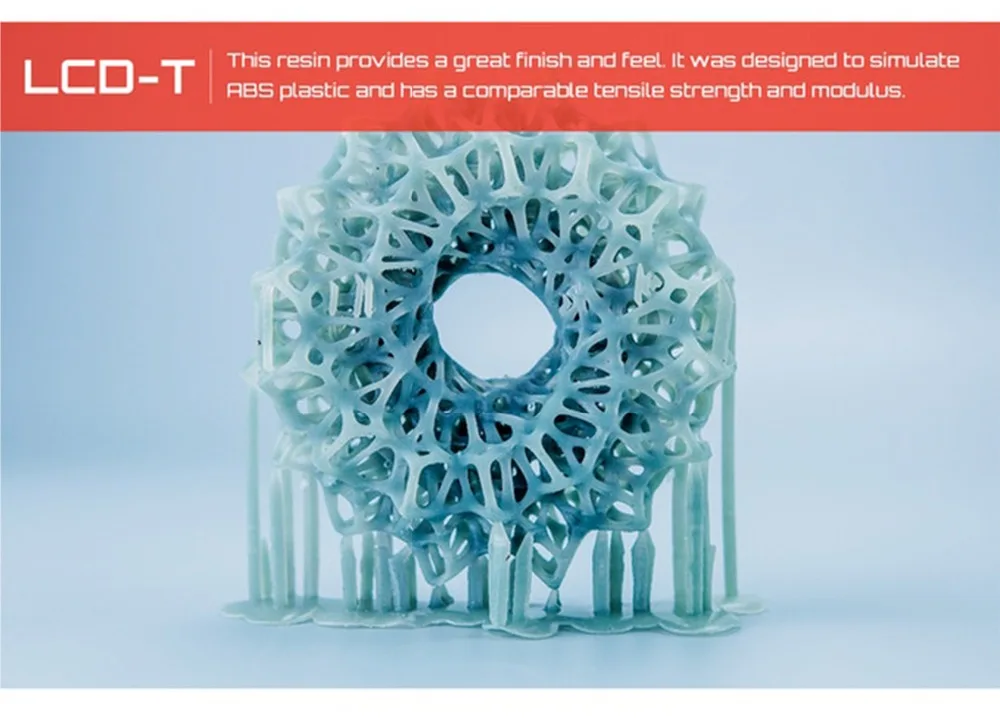 The Phrozen Sonic Mega 8K ships pre-leveled, so no messing around with the tough task of calibrating a huge build plate before you can start printing.
The Phrozen Sonic Mega 8K ships pre-leveled, so no messing around with the tough task of calibrating a huge build plate before you can start printing.
Curing away at 70 mm/h, the Phrozen Sonic Mega 8K makes quick work of prints, too, which should help with large prints that already take a long time to complete – or business jobs.
It also features a dual linear rail and ball screw design for extra stability even in the upper reaches of the massive build volume. And lastly, the full metal exterior adds strength and durability but also mixes in a welcome touch of flair.
Priced at $2,200, the Phrozen Sonic Mega 8K requires a substantial investment, which makes it a good pick for serious amateur makers with deep pockets, and small businesses looking for a reliable workhorse with plenty of printing capacity.
- A cheaper alternative: Phrozen Mighty 4K for $599
Professional Large Resin 3D Printers
4. Peopoly Phenom L
- Price: $2,499 — Available at Matterhackers here
- Print volume: 345 x 197 x 400 mm
Pros
Large enough for even most large resin prototypes
Significantly improved on original Phenom: faster exposure times, double print speed, and 21-micron improved accuracy (from 72 to 51 microns)
Cons
More complex and industrial than a standard desktop resin printer
You can even then choose to upgrade and go further and buy the Phenom L, an even larger resin 3D printer for an extra $500. Resolution falls to 90um, but print volume explodes to 345 x 194 x 400 mm — it’s gigantic!Iron Man mask printed on the Phenom L. Source: Reddit
Resolution falls to 90um, but print volume explodes to 345 x 194 x 400 mm — it’s gigantic!Iron Man mask printed on the Phenom L. Source: Reddit
You can easily print prototype helmets, tools, and other larger resin prototypes in this large-format resin build area.
4.5 Peopoly Phenom Prime
- Price: $1899 — Available at Matterhackers here
- Build Volume: 276 x 155 x 400 mm
- XY Resolution: 51 microns
- Minimum Layer Height: 0.01 mm
- Speed: 60 mm/h
Since 2017, Peopoly has wowed 3D printer enthusiasts by delivering some of the roomiest, large-scale 3D printers, chiefly embodied by the Phenom range. Half a decade later, Peopoly has booted much of the original line-up to the technological graveyard to make room for its most sophisticated Phenom yet, the Peopoly Phenom Prime.
Both a spiritual successor and a logical evolution for the range, the Phenom Prime retains all of what we liked about the original but levels up the offering with modern features and niceties to make it faster and more precise.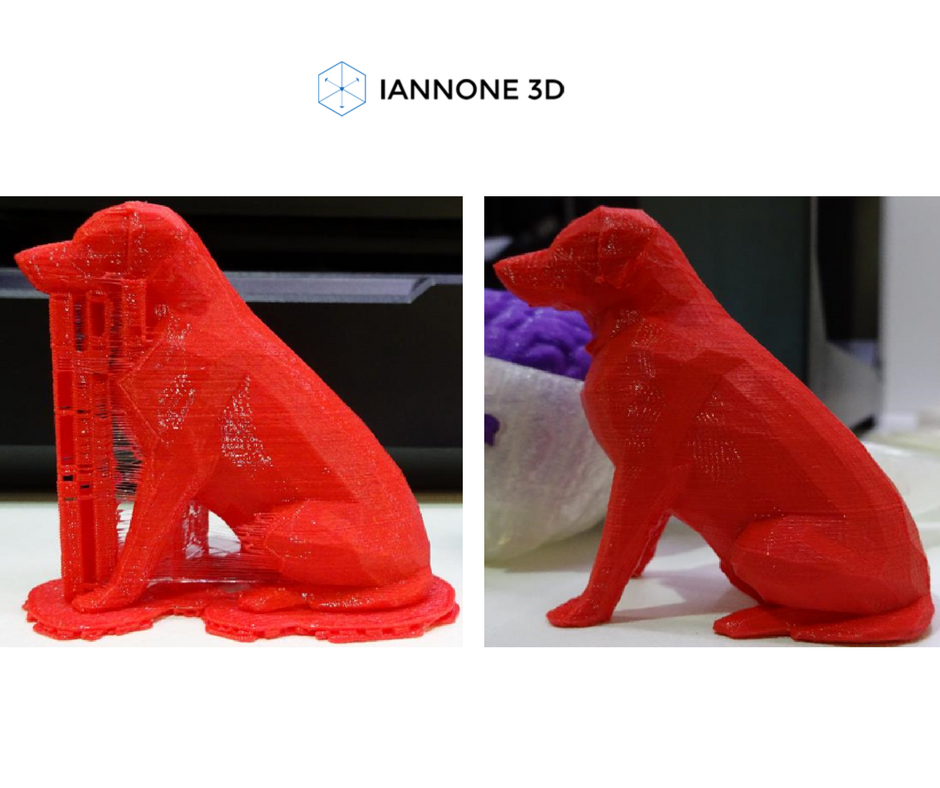
It features a massive 276 x 155 x 400 mm build volume – same as on the Phenom – so no major changes there. Where things get interesting is the inclusion of a 5.5K (read 5448 x 3064 pixels) LCD that bumps up the XY resolution to a sharp 51 microns, a massive leap over the original’s 72 microns.Phenom Prime printing the pelvic bone. Source: Liqcreate 3D-printing
Unlike the original Phenom’s RGB LCD, the Prime features a monochrome screen. Par for the course in modern printers, but a welcome change that increases panel lifespan by up to three times.
The monochrome panel also boasts a higher light transmission rate or permeability, which results in much faster curing and a 70% reduction in exposure time. In other words, much speedier printing – a 100% increase according to Peopoly.
Elsewhere, the Phenom Prime has an improved cooling system to handle the heat produced by such a large machine. It’s also quieter, something that anyone who dabbled with the original will relish, given its reputation for blaring the decibels in full swing.
Who would benefit most from the Phenom Prime?
First and foremost, anyone that owns a Phenom and will make the most of the Prime’s sleek new upgrades.
Second, for us, the Phenom Prime slots in as an excellent option for a small workshop that needs more capacity and printing pep than the more budget-oriented printers like Anycubic Photon M3 Max.
5. Formlabs Form 3L
- Price: $10,999 — Available at Dynamism here
- Build volume: 335 x 200 x 300 mm
Designed specifically for large-scale resin part production, the Formlabs 3L build on Formlabs is already stellar reputation and brings it to the big leagues.
It uses the same Formlabs low force stereolithography SLA technology as on the Form 3, with two precision LPUs (Light Processing Units) for higher resolution prints and consistency throughout, and Formlabs stress that this indeed is the ideal solution to save your business money by no longer outsourcing your prototyping and fabrication.
Numerous case studies show helmets printed in exquisite detail, shovel prototypes (though even with the printer’s large build area, it required three parts), nozzles, and even high-resolution full-size Teenage Mutant Ninja Turtle models — if you’re a design studio or uber-wealthy superfan.Clear kettle prototype printed on the Form 3L. Source: Twitter
It’s easier to use than most commercial large resin 3D printers, and seeks to minimize hassle and the steep learning curve across the board — such as by offering automatic resin dispensing, simplifying the entire slicing and software workflow, and with the delightfully intuitive 5.5-inch full-color touchscreen.
If you’re running a 3D printer farm you can manage them all via the cloud, and you can also make use of Formlabs’ wide resin selection: standard, engineering, flexible, tough and durable, dental or medical, and even jewelry castable resin — you can make almost anything for any industry use with the Form 3L.
For home use, it’s probably overkill, but it’s possibly the best large SLA printer, offering fantastic build volume and high-precision printing.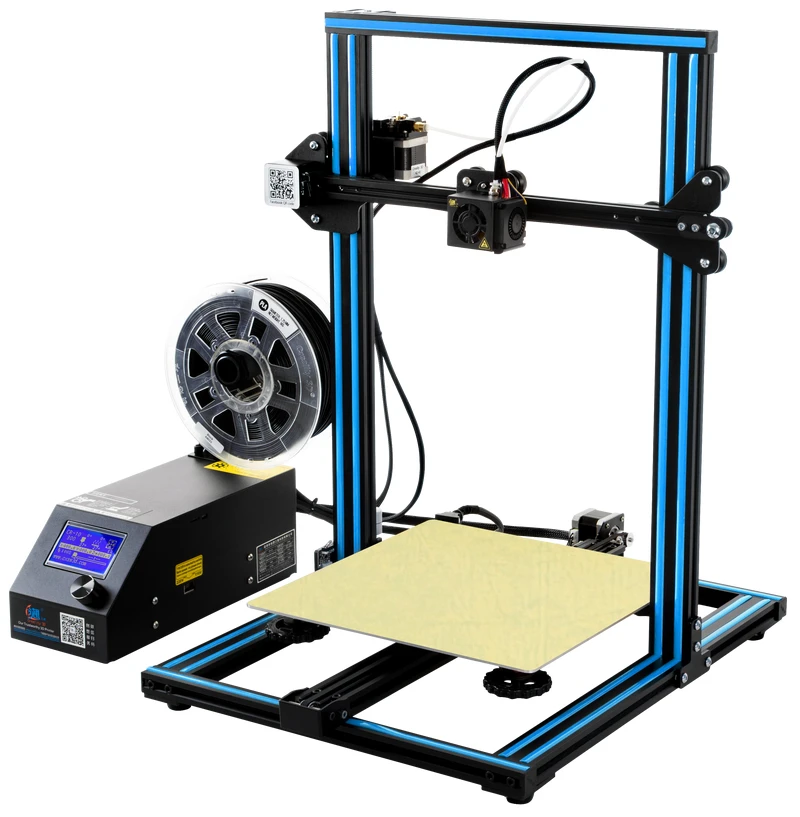
6. Photocentric Liquid Crystal Magna
- Price: $15,000+
- Print volume: 510 x 280 x 350 mm
British company Photocentric make some of the highest resolution LCD technology printers around for industry, with the LC Magna designed for precise dental and product design prototyping at large scales and sizes.
It’s super-fast, a giant resin printer, and accurate, with Photocentric’s own resins helping keep costs lower over the long term.
Photocentric also manufactures a wash module for washing prints and a curing module for curing prints that require this, and the LC Magna has been used to prototype and manufacture glasses, dental models, models figurines, and even motorbike engines.Finished prints on the Liquid Crystal Magna. Source: Photocentric
The 4K 137-micron display delivers accuracy over the entire print bed, using the benefits of anti-aliasing, and uses Photocentric’s patented blow-peel technologies to prevent some of the negative effects of large resin build areas coming into play, and retain the intricate details on large models and small objects at high speed.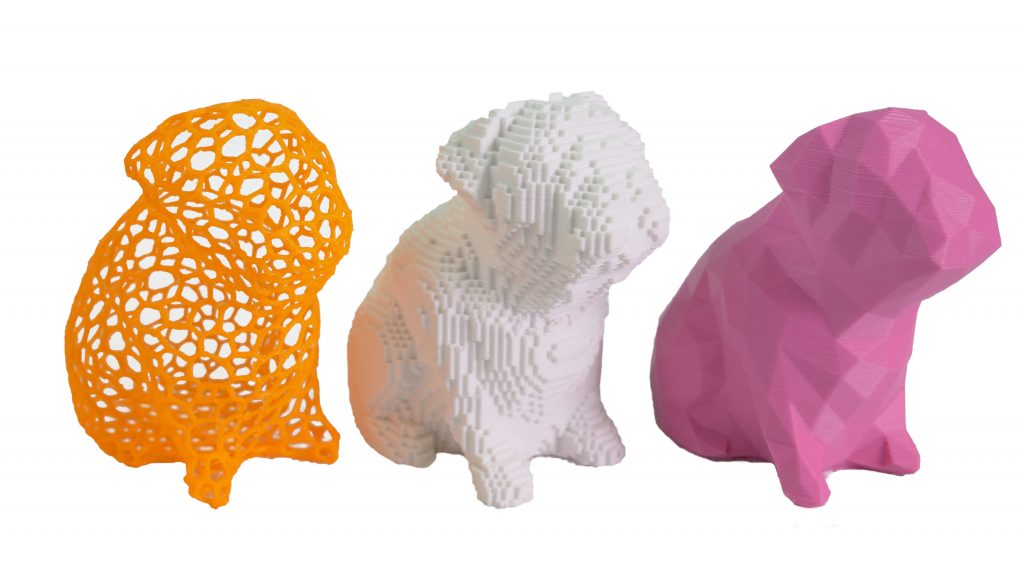
Overall, it’s costly but offers key benefits as a big resin 3D printer in large-scale industry and prototyping.
Buyer’s Guide – Things to Consider When Buying a Large Resin 3D Printer
Build Volume
Build volume is obviously the main consideration when picking a large-format resin printer to buy. What size you need depends entirely on your plans and needs.
For most amateur makers looking to print cosplay props, highly detailed figures in batches, and larger decorative pieces, a build volume around 300 x 150 x 300 mm should be sufficient. For you, either Elegoo Saturn range, or the Anycubic Photon M3 Plus or Max are more than enough.
If you’re unsure exactly what you’ll want to print in the future, it’s worth opting for something a little larger than your needs.
Your ambitions and project may change over time, so it’s better to have some leeway to work with.
LCD and Pixel Count
Avoid RGB LCDs at all costs. The technology is now outdated: it’s slower and has a shorter lifespan.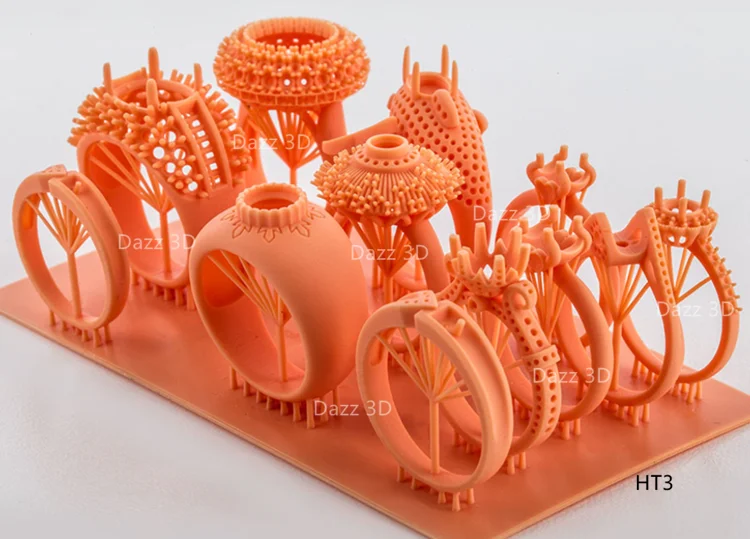 Instead, choose a large resin 3D printer with a monochrome LCD – a must-have in our book.
Instead, choose a large resin 3D printer with a monochrome LCD – a must-have in our book.
It’s worth noting that the larger the LCD (and, by extension, build volume), the more pixels have to stretch and expand to cover the entire plate effectively. The fewer pixels, the less detail a printer can produce.
This means that LCDs with a higher resolution are a must-have for larger printers. We’d recommend at least 4K, but don’t hesitate to pivot to printers pushing 5K and even 7K/8K LCDs if your budget allows it.
The Elegoo Saturn has a 4K LCD, the Photon M3 Max has 7K, and the Sonic Mega 8K has, you guessed it, an 8K screen.
XY Resolution
XY resolution determines the level of accuracy a printer can produce, the amount of detail, the quality of the surface finish, and how well it will render features.
Larger build volumes used to mean a downgrade to XY resolution, but nowadays, it’s possible to buy large format printers with excellent resolution.
Anything around 50 microns should serve the large majority of makers, but if you want that extra bit of detail, opt for printers with a lower XY resolution.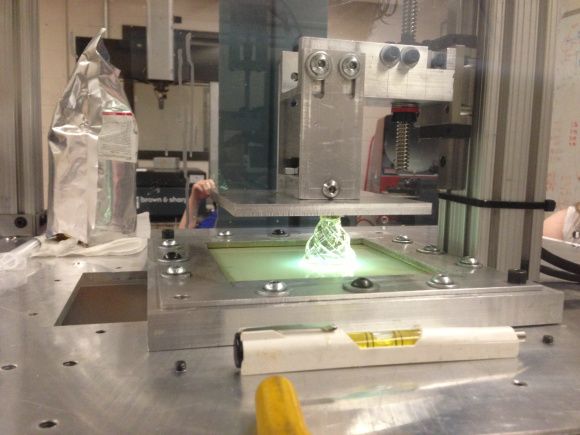
Build Quality and Stability
Managing movement in large format resin printers is vital if you want uniform fine details and precision throughout your prints. Look to printers with solid metal frames to improve durability, dual linear rails, and sturdy covers/shrouds/hinged doors.
These tend to peter out as the price drops, but so does the build volume, which somewhat cuts down on their utility. In other words, don’t be put off by budget large format resin 3D printers that don’t have all the fancy features of the pricier XL alternatives.
Print Speed
Remember that MSLA printers cure entire layers at once, unlike FDM. So, speed – in terms of how many models you can create per hour or day – is directly impacted by the size of the build volume. This is where the size of a resin printer is so important.
Though it’s easy to be drawn in by the pull of blisteringly fast print speeds, it doesn’t mean you’ll actually always be printing at these speeds.
These high speeds are pushed as marketing ploys – often, you won’t come close to these numbers, especially if you want high-detail prints.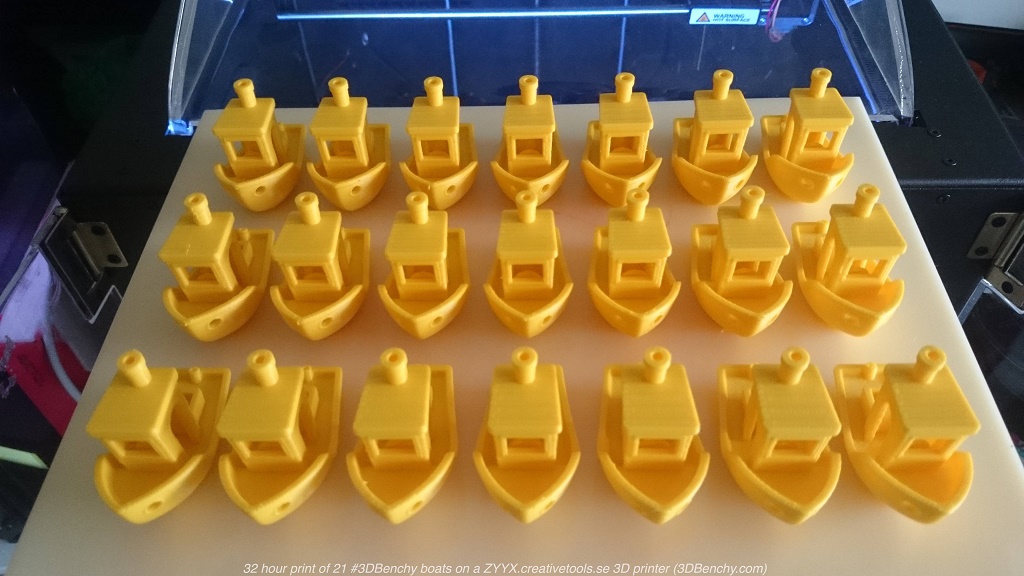
But, if you plan to use a resin printer as a daily go-to machine for batch printing, more speed certainly makes a tangible difference to print times. 60 mm/h is becoming somewhat of a standard for most large resin 3D printers and represents a good starting point for most makers.
Some speeds among the printers we recommend:
- Anycubic Photon M3 Max: 60mm/h
- Phrozen Sonic Mega 8K: 70mm/h
- Peopoly Phenom Prime: 60mm/h
Price
For a modestly-sized but still comparatively large resin printer, expect to pay around $500 to $700. We recommend the Elegoo Saturn printers here, but the Anycubic Photon M3 Plus is also great.
For mid-range machines with plenty of capacity, expect to pay $1000 or slightly more. The Anycubic Photon M3 Max is bigger than the M3 Plus, and is ideal for this price range and use.
From here, prices surge to thousands of dollars for large resin 3D printers with the biggest build volumes and features. These tend to be reserved for business and professional workshops with the budget to spare.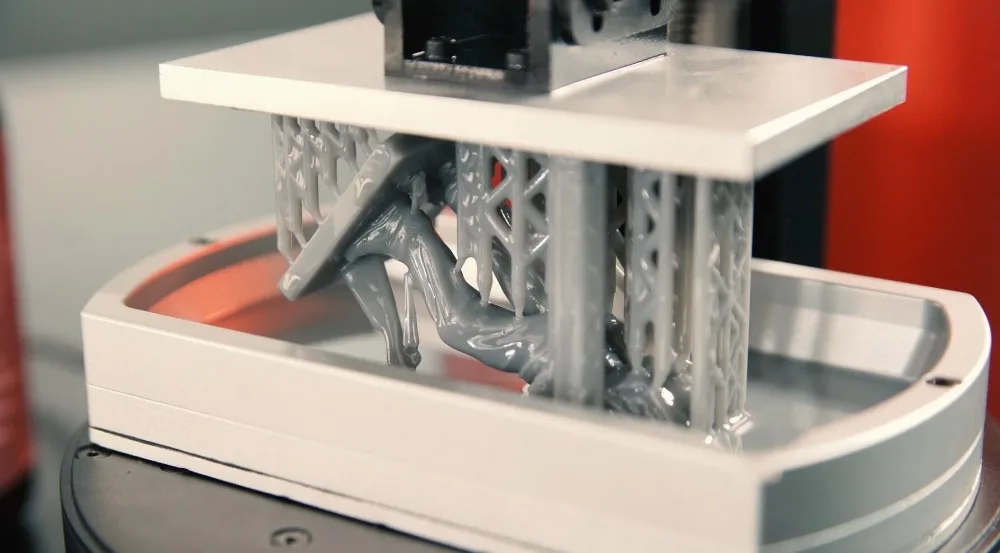
Read more: Photon M3 vs M3 Plus vs M3 Max – all the differences
Large Resin 3D Printer FAQs
What Resin Printer Has the Biggest Build Plate?
The consumer-grade resin 3D printer with the biggest plate is currently the Phrozen Sonic Mega 8K. Phrozen’s flagship large format SLA printer features a 15″ 8K LCD, 330 x 185 mm build plate for a total build volume of 330 x 185 x 400 mm.
Jumping up in price, we have Peopoly Phenom XX, which has a 23.8″ 4K LCD and 527 × 296 x 550 mm build volume. It’s priced at $7,500, positioning it firmly in the professional portion of the resin 3D printer market as one of the largest SLA printers available.
How Big Can a Resin Printer Print?
A resin 3D printer can print as big as its build volume allows. For instance, the Anycubic Photon M3 Max has a 300 x 164 x 298 mm build volume, meaning you could print a solid cube of that size on the printer.
What Is the Biggest Anycubic Resin Printer?
The biggest resin printer from Anycubic is the Photon M3 Max, the largest of the manufacturer’s recently launched M3 series printers.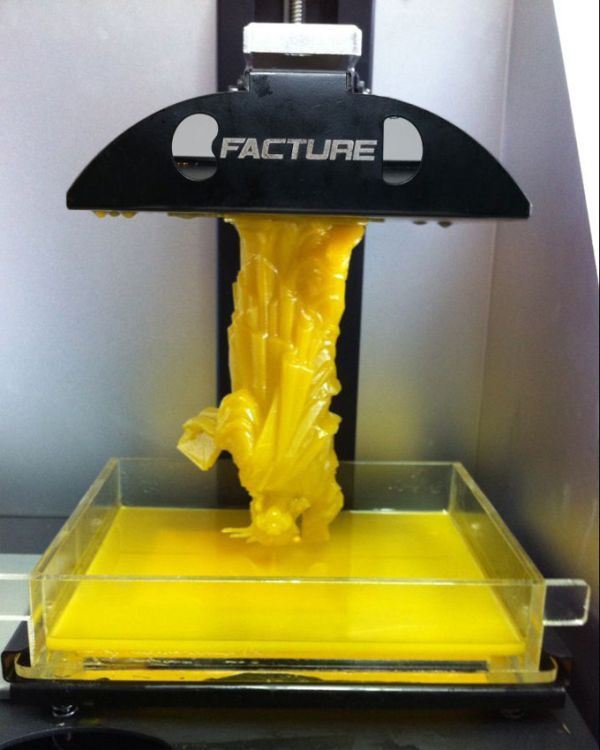 It has a build volume of 300 x 164 x 298 mm, which positions it as a large format resin 3D printer.
It has a build volume of 300 x 164 x 298 mm, which positions it as a large format resin 3D printer.
What is the largest 3D resin printer?
The Photocentric Crystal Magna is one of the largest resin 3D printers in the world, but it’s too expensive for average makers at home. The largest desktop resin 3D printers are the Anycubic Photon M3 Max, Elegoo Jupiter, and Phrozen Sonic Mega 8K.
What is the biggest Elegoo 3D printer?
The biggest resin printer from Elegoo is the Elegoo Jupiter 12.8” 6K 3D printer. It has a build volume of 278 x 156 x 300 mm, and a 12.8-inch 6K monochrome LCD to print even the largest models at 70mm/h.
Further reading:
- The best resin 3D printers
- Best Resins for 3D Printers
- Is 3D printing miniatures cheaper? (FDM and resin)
- Best 3D printers for miniatures
- DIY SLA 3D printers you can build yourself
- The best large 3D printer (FDM and other technologies)
- Best 3D printers for small businesses
- Top professional 3D printers
- 500x500x500mm 3D printers
- Best wash and cure stations
Top-Notch Equipment with Big Build Volume
Veterans of additive manufacturing know that the first 3D printing technology to appear was stereolithography — it was as far back as 1986. Since then, there’ve been developed plenty of other methods like FDM and SLS; on the other hand, the popularity of stereolithography technology drastically increased when resin 3D printers became much more affordable and advanced. As a result, now the market offers a variety of options for printing in photosensitive resins, with multiple smart features and build volumes for different purposes.
Since then, there’ve been developed plenty of other methods like FDM and SLS; on the other hand, the popularity of stereolithography technology drastically increased when resin 3D printers became much more affordable and advanced. As a result, now the market offers a variety of options for printing in photosensitive resins, with multiple smart features and build volumes for different purposes.
Credit: allthat3d.com
This is Top 3D Shop, and in this article, we are going to tell you about large resin 3D printers. Read on to learn about the most notable models and their peculiarities, as well as the applications of SLA printing and the criteria to be taken into account when choosing such equipment.
What is a large resin 3D printer?
Before we get to discussing specific models and their pros and cons, let’s have a brief look at the technology called vat photopolymerization. As the name suggests, it’s the process of turning a liquid polymer into a solid object under UV light exposure.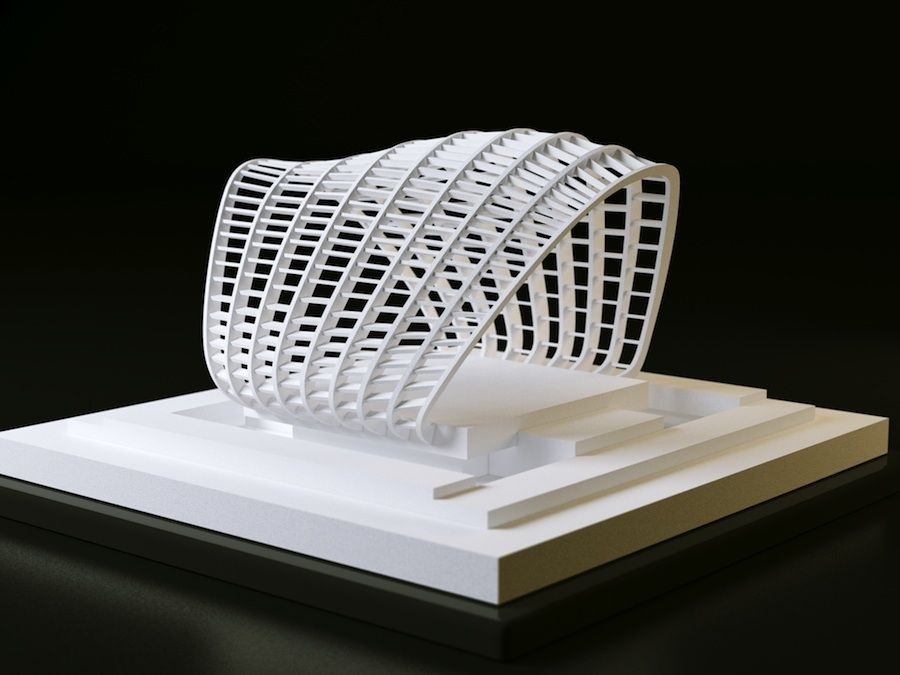 Vat polymerization comes in three main types which are SLA, DLP, and LCD (or MSLA).
Vat polymerization comes in three main types which are SLA, DLP, and LCD (or MSLA).
We’ve already mentioned that the first 3D printing technology was SLA (Stereolithography Apparatus) invented and patented by Chuck Hull in 1986. Like the other vat polymerization technologies, this one cures photosensitive resin, layer by layer, to print a 3D object. The difference lies in the source of UV light used for polymerization. SLA employs the UV laser to “draw” each layer of the future model. The method provides high quality prints but the downside of that is the trade-off in speed.
(Sometimes resin 3D printing in general can be referred to as SLA 3D printing, although it may cause ambiguity.)
Credit: burkhartdental.com
DLP (Digital Light Processing) technology uses a digital light projector screen as a light source. This technology gives you a significant gain in speed, as a whole layer is cured all at once. On the other hand, classic SLA printers can feature higher resolution compared to those using a projector.
The newest type of vat polymerization technology is called LCD (which stands for Liquid Crystal Display). It’s pretty similar to DLP, but instead of a projector it uses an LCD as a mask for the light coming from an array of UV LEDs.
Credit: phrozen3d.com
As was already mentioned, the popularity of resin 3D printers is growing rapidly as they are becoming more advanced and user-friendly, and definitely less pricey. First these devices were used for printing small objects requiring high accuracy and flawlessly smooth surfaces, like in jewelry. But some users wanted to have bigger prints without compromising on quality. So eventually, resin 3D printers acquired bigger build volumes, and now we can speak of a great number of large resin 3D printers that entered the market.
Uses of a large resin 3D printer
Resin 3D printing with its precision, time-saving, and the opportunity of using a great variety of materials with different characteristics, is highly recommended for use in many sectors like jewelry, healthcare, engineering, aerospace, automotive, robotics, education, and more. This technology helps to create complex finely-detailed models which would be difficult to produce using traditional methods. Let’s look at some examples.
This technology helps to create complex finely-detailed models which would be difficult to produce using traditional methods. Let’s look at some examples.
Medical and dental tools
Healthcare is one of the industries that benefit most from resin 3D printing. The variety of applications is numerous: from producing medical tools, which, being made of special medical resins, are biocompatible and can be sterilized in a usual way, to making organ models that help doctors make surgery preparations. In dentistry, special dental resins are utilized to produce models of crowns and bridges, surgical guides, splints and retainers with incredible accuracy.
Credit: instituteofdigitaldentistry.com
Gifts and toys / miniatures
Resin 3D printing technology has already been highly appreciated by hobbyists looking for a simple way of making miniatures and customized figures. Toy and gift industries also greatly benefit from employing 3D printing in manufacturing.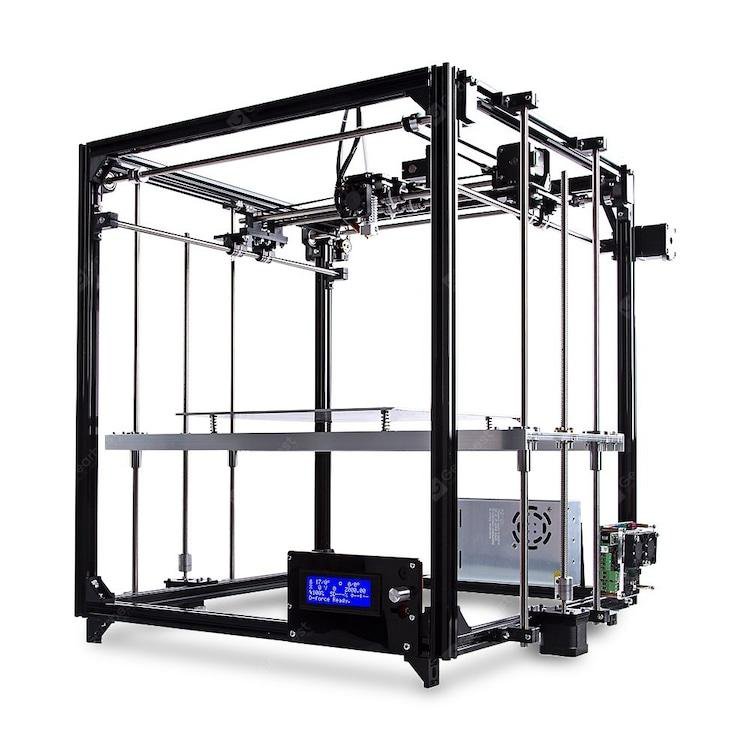 One more interesting application of the technology in the toy industry is repairing toys and creating spare parts for them.
One more interesting application of the technology in the toy industry is repairing toys and creating spare parts for them.
Credit: facfox.com
Education and entertainment
As the resin 3D printing industry grows, educational institutes are starting to use it for research and education purposes. Both students and professors utilize 3D printers for a variety of purposes like printing visual AIDS or models for their projects. In some colleges, professors make use of 3D printers while telling the students about additive manufacturing technology. There are a lot of sites that offer huge selections of free 3D printing models for entertainment and educational purposes.
Credit: 3dstartpoint.com
The best large resin 3D printers: affordable, commercial and industrial
A wide variety of large format resin 3D printers can be divided into three categories, let’s call them affordable, commercial, and industrial devices. Printers relating to the first category are the best choice for home use, as they are quite affordable and not very big in size.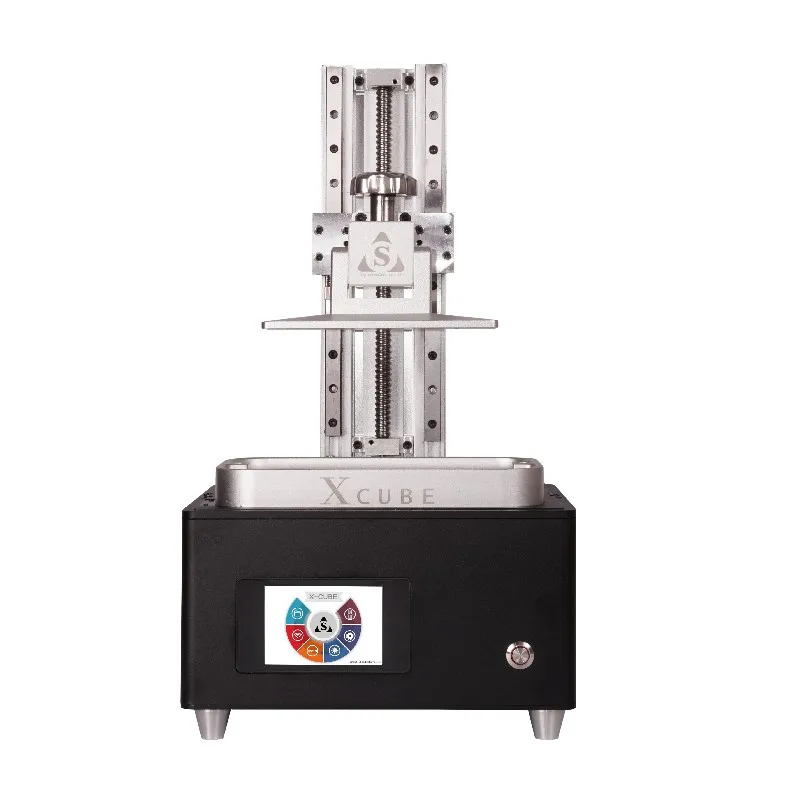 They can also be used for the needs of small businesses, and would be perfect in the field of education. The category of commercial printers is aimed at small and medium-sized businesses, but some consumers can also become interested in buying such a device, especially if they are planning on printing some huge ambitious projects, like, for instance, certain elements for cosplay costumes. Commercial large-scale resin 3D printers normally have more spacious build volumes than devices from the category of affordable printers. And, last but not least, industrial printers with their impressively high performance and no less impressive price are mostly targeted at large manufacturing companies with high production volumes.
They can also be used for the needs of small businesses, and would be perfect in the field of education. The category of commercial printers is aimed at small and medium-sized businesses, but some consumers can also become interested in buying such a device, especially if they are planning on printing some huge ambitious projects, like, for instance, certain elements for cosplay costumes. Commercial large-scale resin 3D printers normally have more spacious build volumes than devices from the category of affordable printers. And, last but not least, industrial printers with their impressively high performance and no less impressive price are mostly targeted at large manufacturing companies with high production volumes.
Affordable
Anycubic Photon Mono X 3D printer
The Anycubic Photon Mono X is a high-speed LCD resin 3D printer. It boasts a 4K resolution panel which allows for high accuracy of printing with a single layer depth not exceeding 0.01 mm. The printing speed is impressive — it takes only 1–2 seconds to print a layer. The Photon Mono X features a spacious build volume of 192х120х245 mm. Built-in safety functions are helpful if you are planning to use the printer at home with kids. The Photon Mono X offers a number of convenience features, such as Wi-Fi and remote control. All this makes the Anycubic Photon Mono X one of the best large format resin 3D printers in its price range.
The Photon Mono X features a spacious build volume of 192х120х245 mm. Built-in safety functions are helpful if you are planning to use the printer at home with kids. The Photon Mono X offers a number of convenience features, such as Wi-Fi and remote control. All this makes the Anycubic Photon Mono X one of the best large format resin 3D printers in its price range.
Credit: @leandro_benignoart / Instagram
Pros
- high printing speed
- great resolution
- Wi-Fi connectivity
- strong brushed aluminum panel
- built-in safety functions
Cons
- rather expensive
- some users complain of the software performance
Phrozen Sonic Mighty 4K resin 3D printer
The Phrozen Sonic Mighty 4K offers one of the largest build volumes in its price range — 200x125 x220 mm. The machine is designed for printing one big model or multiple smaller parts in one batch. A 9.3-inch 4K monochrome LCD screen offers excellent printing quality alongside the high speed. The printer is equipped with a 5-inch touchscreen for navigation and settings configuring. The device is compatible with the free Chitubox slicer optimized to work with resin 3D printers. The Phrozen Sonic Mighty 4K would become a good choice both for commercial and home use. The printer is widely used in dentistry.
A 9.3-inch 4K monochrome LCD screen offers excellent printing quality alongside the high speed. The printer is equipped with a 5-inch touchscreen for navigation and settings configuring. The device is compatible with the free Chitubox slicer optimized to work with resin 3D printers. The Phrozen Sonic Mighty 4K would become a good choice both for commercial and home use. The printer is widely used in dentistry.
Credit: printablescenery.com
Pros
- high printing speed
- excellent print quality
- large build volume for its class
- easy operation
Cons
- resin vat is not easy to fit
- small touchscreen
Creality LD-006 3D printer
Like most large volume resin 3D printers in this segment, the Creality LD-006 is based on LCD technology. The device features a new 8.9-inch monochrome LCD screen with 4K resolution. The build volume is decent enough — 192x120x250 mm. The Creality LD-006 boasts a renewed vat which adds to the user’s convenience. The vat has a liquid level line which helps to control the resin expenditure, and special stands to prevent the FEP film from being damaged. The LD-006 has a built-in air filtering system, which seems to be pretty useful when working with resins that are characterized by strong odor.
The Creality LD-006 boasts a renewed vat which adds to the user’s convenience. The vat has a liquid level line which helps to control the resin expenditure, and special stands to prevent the FEP film from being damaged. The LD-006 has a built-in air filtering system, which seems to be pretty useful when working with resins that are characterized by strong odor.
Credit: fabbaloo.com
Pros
- high resolution and print quality
- convenient vat
- built-in air filtration system
- great touchscreen
Cons
- no Wi-Fi connection
- a bit pricey
Uniz IBEE 3D printer
The Uniz IBEE is a multi-purpose desktop LCD 3D printer of medium size. It offers an 8.9-inch 4K monochrome LCD screen and the build volume of 192x120x200 mm. Its new optical system employs a collimated light source, providing the 1000:1 contrast ratio. The device has a wide range of connectivity options including Wi-Fi, and comes with the proprietary powerful and user-friendly software, which makes the Uniz IBEE a win-win choice for beginners.
Credit: uniz.com
Pros
- great quality of printing
- decent build volume
- rich connectivity options
- easy to use
Cons
- changing the vat film requires a lot of time
Commercial
Phrozen Sonic MEGA 8K resin 3D printer
The Phrozen Sonic MEGA 8K stands out among other large resin 3D printers as it provides both stunning print quality and one of the largest print volumes on the market. Its 15-inch 8K mono LCD panel allows you to print at 43-micron resolution, which gives you almost twice more detailed prints than most competitors can offer. The Sonic MEGA 8K comes with a pre-calibrated build plate, which means your printer is ready for use right out of the box. The device has a full-metal exterior and its more than competitive price makes it the best choice for those seeking for really large and highly detailed prints.
Credit: reddit.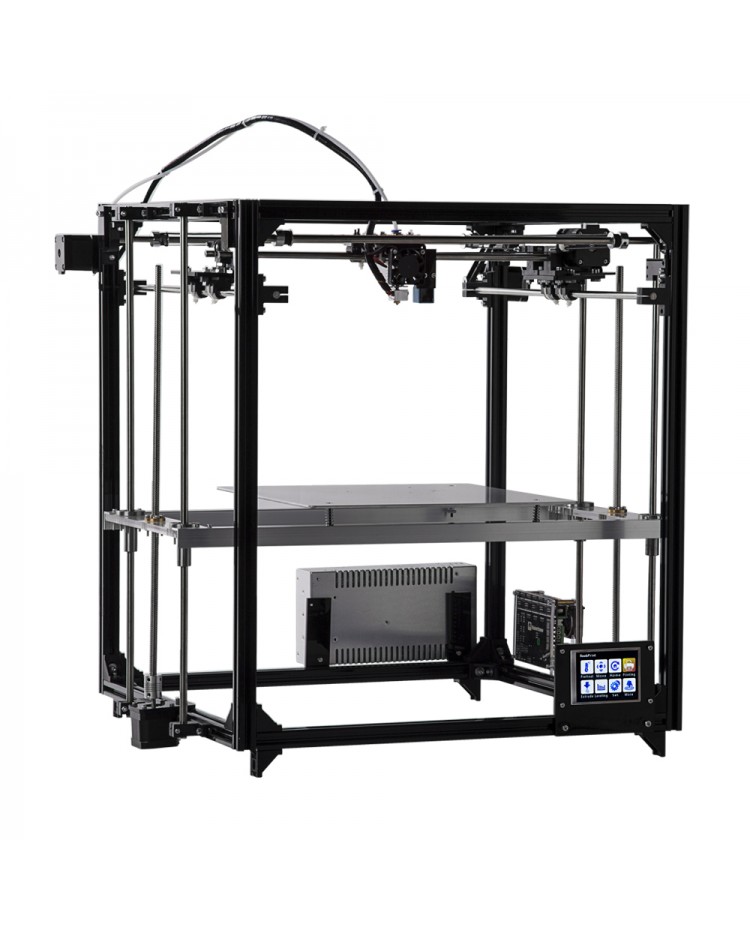 com
com
Pros
- excellent print quality
- huge build volume
- pre-calibrated build plate
- great value for money
Cons
- rather slow printing speed
Uniz Slash 2 Pro 3D printer
The Uniz Slash 2 Pro is an upgraded version of the popular Slash 3D printer. Its liquid cooling system together with the intelligent heat management provides fast curing time which results in high printing speed. The printer uses LCD 3D printing technology and is equipped with a 4K LCD screen. The build volume is 192x120x400 mm, which is quite enough for most projects. The Uniz Slash 2 Pro sports a durable resin vat with the automatic level control.
Credit: uniz.com
Pros
- extremely fast printing speed
- large build volume
- high printing accuracy
- quite affordable
- durable resin vat
- powerful and user-friendly software
Cons
- no touchscreen for the printer control
Phrozen Sonic XL 4K resin 3D printer
The Phrozen Sonic XL 4K is a large format resin 3D printer specially designed for the dental industry, although it perfectly suits the needs of jewelry production, prototyping, and other industries requiring high-accuracy printing.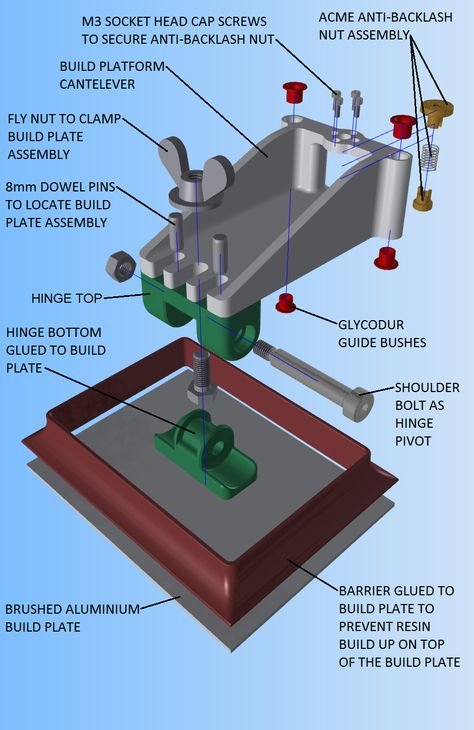 It features a monochrome LCD matrix with a resolution of 3840x2160 and a pretty large print area. One of the advantages of the Sonic XL 4K is the support of various types of resins by different manufacturers. The optical system of the device has been improved compared to the previous models. The Phrozen Sonic XL 4K also has a more powerful ParaLED® 3.0 module which provides an even layer thickness over the entire area of the build plate.
It features a monochrome LCD matrix with a resolution of 3840x2160 and a pretty large print area. One of the advantages of the Sonic XL 4K is the support of various types of resins by different manufacturers. The optical system of the device has been improved compared to the previous models. The Phrozen Sonic XL 4K also has a more powerful ParaLED® 3.0 module which provides an even layer thickness over the entire area of the build plate.
Credit: reddit.com
Pros
- fast printing speed
- large build volume
- fine precision
- compatibility with various resin types
- a lot of connectivity options
Cons
- no warranty for the building platform and the LCD screen
EPAX X156 3D printer
With a 345x194x400 mm build volume, the EPAX X156 is one of the largest resin 3D printers in the market. The printer features a 15.6-inch 4K RGB screen which is less durable and requires more time to cure the layers, compared to monochrome screens.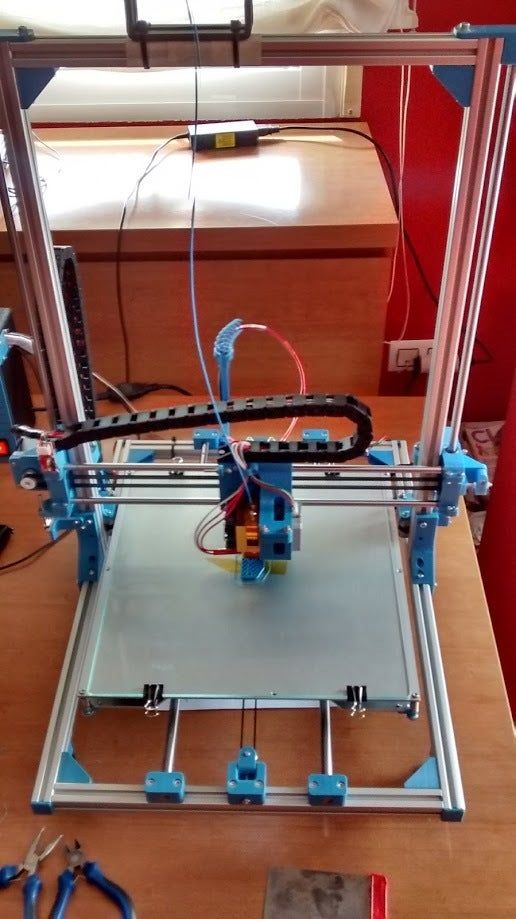 The good news is that in the case of the EPAX X156 it doesn’t seem much of a problem as the manufacturer provides the opportunity to upgrade the device with a smaller but more durable 4K monochrome screen with the same resolution and a 4 times faster printing speed.
The good news is that in the case of the EPAX X156 it doesn’t seem much of a problem as the manufacturer provides the opportunity to upgrade the device with a smaller but more durable 4K monochrome screen with the same resolution and a 4 times faster printing speed.
Credit: reddit.com
Pros
- super large build volume
- fine precision and great surface finish
- factory-leveled printing plate
- large metal resin vat
Cons
- small touchscreen (3.5 inches)
- RGB LCD screen is less durable and features a slower printing speed (although can be upgraded to monochrome)
Formlabs Form 3 / 3L
Credit: formlabs.com
The Formlabs Company has developed a completely new proprietary printing technology called LFS (Low Force Stereolithography) for its Form 3/3L models. This technology, based on SLA, ensures edge-to-edge consistency of the print quality. The major difference between the two models is the build volume, which is 145x145x185 mm for the Form 3 and 335x200x300 mm for the Form 3L. Both printers can work with various resin types which increases their versatility and allows their use in different industries.
The major difference between the two models is the build volume, which is 145x145x185 mm for the Form 3 and 335x200x300 mm for the Form 3L. Both printers can work with various resin types which increases their versatility and allows their use in different industries.
Credit: formlabs.com
Pros
- large build volume (for the 3L model)
- high printing speed
- very user-friendly, allows fully automatic one-click printing
- works with a great number of various resin types
Cons
- support structure is required for every build
- some users reported problems with dust inside the laser unit
Peopoly Phenom Prime
Credit: peopoly.net
The Peopoly Phenom Prime is a large resin LCD 3D printer featuring a great monochrome 12.5-inch 5.5K screen, which allows printing with a resolution of 51 microns. The device boasts a huge 276x155x400 mm build volume. The Phenom Prime has an improved cooling system compared to its predecessor, the Phenom model.
The Phenom Prime has an improved cooling system compared to its predecessor, the Phenom model.
Credit: peopoly.net
Pros
- one of the biggest resin 3D printers
- monochrome high resolution LCD screen
- supports various resin types
Cons
- loud printing process
Industrial
Industrial large resin 3D printers are to meet special requirements, one of them being definitely an extremely high printing speed. None of the existing technologies is capable of providing such speed level. The growing demands for high-speed 3D printing have led to developing such ultra-fast printing technologies as CLIP and LSPc. Let’s see what’s so special about them.
Nexa3D vs Carbon3D
The CLIP (Continuous Liquid Interface Production) technology was developed by the Carbon 3D Company. Like with SLA technology, the models are printed layer by layer, but you don’t have to wait for each layer to be cured, since the technology harnesses oxygen as an inhibiting agent. This allows for printing speed 25–100 times higher than that of any other existing 3D printing technology. Such an approach not only decreases production time, but also removes the layering effect in the print structure. The CLIP technology is presented by two models: Carbon M1 and Carbon M2 with build volumes of 144х81х330 and 190х118х326 mm respectively. These models can not be called affordable, but they quickly caught the attention of big companies like Adidas, Ford, and others. These companies highly appraised the advantages of high-speed and at the same time low-cost production, compared to traditional manufacturing.
This allows for printing speed 25–100 times higher than that of any other existing 3D printing technology. Such an approach not only decreases production time, but also removes the layering effect in the print structure. The CLIP technology is presented by two models: Carbon M1 and Carbon M2 with build volumes of 144х81х330 and 190х118х326 mm respectively. These models can not be called affordable, but they quickly caught the attention of big companies like Adidas, Ford, and others. These companies highly appraised the advantages of high-speed and at the same time low-cost production, compared to traditional manufacturing.
Credit: YouTube
Credit: 3dbeginners.com
The LSPc (Lubricant Sublayer Photocuring) technology by the Nexa3D Company uses a similar principle to CLIP, being different in some features. Nexa3D produces two models based on LSPc technology – NXE400 with a print volume of up to 16 liters and the 7-liter NXE200. These models are suitable for both industrial prototyping and small-volume manufacturing.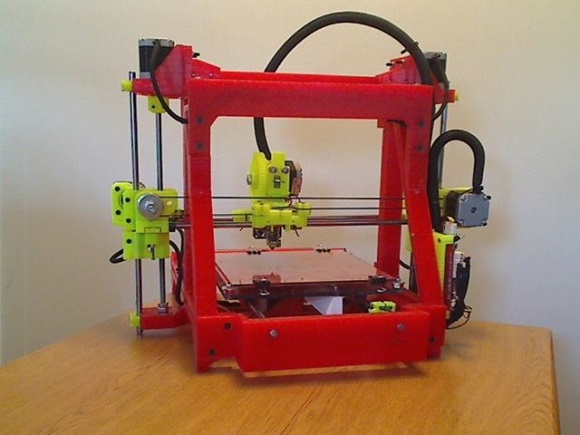 The LSPc printers are equipped with replaceable resin cartridges, so you don’t have to refill the vat during the printing process. Nexa3D printers can work with a great number of different materials, which makes them suitable for use in the aerospace and car industries, consumer goods, electronic equipment, and many other fields.
The LSPc printers are equipped with replaceable resin cartridges, so you don’t have to refill the vat during the printing process. Nexa3D printers can work with a great number of different materials, which makes them suitable for use in the aerospace and car industries, consumer goods, electronic equipment, and many other fields.
Credit: nexa3d.com
The main advantage of the ultra-fast printing technologies is an extremely high printing speed which gives the user absolutely new experience in 3D printing. However, such devices are highly expensive and sometimes the manufacturers don’t even sell them to consumers, which makes such printers completely unsuitable for home use and even for small businesses. Still, they can be a great choice for large manufacturing enterprises affiliated with large production volumes.
How to choose a good large resin 3D printer
When it comes to choosing a large resin 3D printer among the numerous solutions offered by manufacturers, one can feel a little bit frustrated as the choice is too vast and not always obvious. Besides, each user usually has special requirements in mind, thus what’s essential for one person can be of no importance for another. We’ve already given you the list of the models worth considering, and now let’s name the key features that’ll help you find the best large resin 3D printer that you’ll be fully content with.
Besides, each user usually has special requirements in mind, thus what’s essential for one person can be of no importance for another. We’ve already given you the list of the models worth considering, and now let’s name the key features that’ll help you find the best large resin 3D printer that you’ll be fully content with.
Build volume
The build volume or the printing area defines the maximum size of your future project. The larger the build volume – the larger laser sword you can print. But if you are not that ambitious and gonna print something of a smaller size, you may not restrict your choice by this parameter. Besides, larger build volume usually means bigger size of the printer itself. It also requires more consumables.
LED array
LED array, or LED matrix, is used in LCD 3D printers as the light source to cure the printed layers. Manufacturers develop different optical systems trying to get the consistent lighting possible on the entire build plate, as it directly affects the print quality.
Production speed
DLP and LCD printers generally have a faster production speed than SLA models. Monochrome LCD matrix provides much higher printing speed than a color one, as the latter absorbs more light and the layers are cured more slowly. It’s up to you, whether you need really speedy printing or better save a little money.
Resolution and precision
Important parameters that define how similar your print will be to the original. Resolution and precision are often regarded as synonyms; but nevertheless these two words are close in their meanings, there's a certain difference. Resolution can be defined as the X-Y dimensions (horizontal resolution) and layer thickness in micrometers (vertical resolution). The less the layer thickness is, the higher resolution your printer has, which results in smoother and more detailed prints. Precision rather refers to the consistency of the printer, in other words, it shows if it is capable of providing expected results in every print.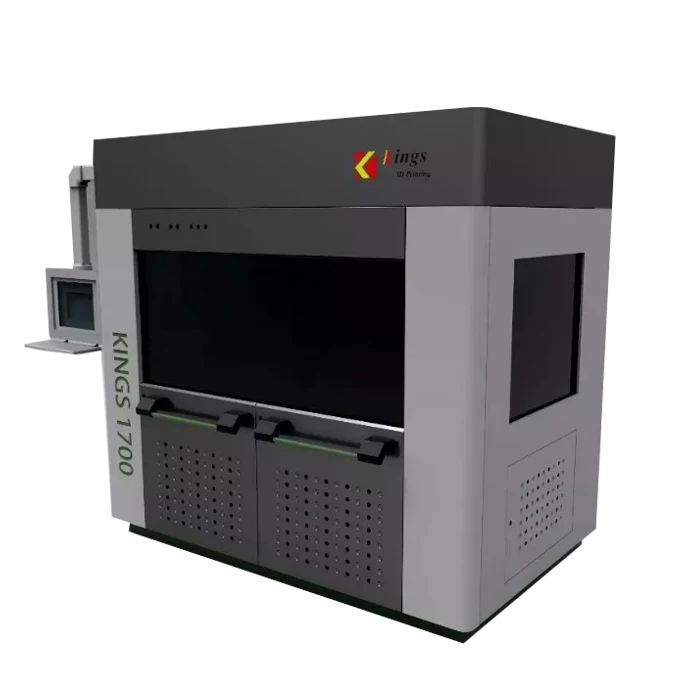 If you need fine-detailed prints, then resolution is a crucial thing for you. But don’t forget that higher resolution always means slower printing speed.
If you need fine-detailed prints, then resolution is a crucial thing for you. But don’t forget that higher resolution always means slower printing speed.
Stability
The quality of your prints depends to a great extent on how stable your printer is, if there’s any undesired wobbling during the printing process. To ensure the stability, all the printers in our list are equipped with double linear Z-axis rails to move the build platform up and down. You can also make some steps to improve your device’s stability. First put it on a sturdy, heavyweight surface. Then put a foam or rubber pad under the printer to absorb vibrations. You can also reduce printing speed if this option is not very important for you.
Credit: all3dp.com
Print bed adhesion
It sometimes happens that your prints don’t stick to the print bed, but rather to the FEP film or to the resin vat. It means that the first layer of your project has poor adhesion to the build plate. To stop this, you should make sure you have enough bottom layers and the bottom layer has enough time to harden. You can use PTFE spray on your FEP film and let it dry to create a lubricant preventing the resin from sticking to the resin vat.
To stop this, you should make sure you have enough bottom layers and the bottom layer has enough time to harden. You can use PTFE spray on your FEP film and let it dry to create a lubricant preventing the resin from sticking to the resin vat.
Economical
When one is choosing a large resin 3D printer, price can become an important factor as such machines, although becoming more affordable, still cost a lot. If you don’t want to spend extra money, you’d better check all the features to decide what you’re ready to pay for. Such parameters as high printing speed and extreme resolution make the device more expensive, but one can always find a reasonable compromise depending on their needs. Another important thing to keep in mind is consumables. Some printers allow using different types of resins produced by third-party manufacturers, which is great, as you can always choose the best option that suits your budget.
Conclusion
Large resin 3D printers are becoming more and more popular. As the technology’s developing rapidly, such machines have entered a lot of various industries, where they successfully meet the goal of high-speed precise printing at a relatively low cost. The vast variety of different resin types, offered by manufacturers, allows for use of resin 3D printers in almost any industry, when one wants to get a finely detailed object with a flawlessly smooth surface, be it dentistry, jewel industry, aircrafting, or even shoes manufacturing, like this famous Adidas 4DFWD model with 3D printed midsoles.
As the technology’s developing rapidly, such machines have entered a lot of various industries, where they successfully meet the goal of high-speed precise printing at a relatively low cost. The vast variety of different resin types, offered by manufacturers, allows for use of resin 3D printers in almost any industry, when one wants to get a finely detailed object with a flawlessly smooth surface, be it dentistry, jewel industry, aircrafting, or even shoes manufacturing, like this famous Adidas 4DFWD model with 3D printed midsoles.
Credit: adidas.com
It’s not only businesses that benefit from the technology of resin 3D printing, but also consumers, as the market of affordable resin 3D printers is growing really fast. So, if you want to purchase the best large resin 3D printer, we do hope that this article will answer your questions and help you make the right choice.
Top 10 Resin 3D Printers of 2022 (each price range)
Resin 3D printers use SLA, DLP, or LCD technology to cure liquid resin, producing sharp, high-resolution prints at high speed.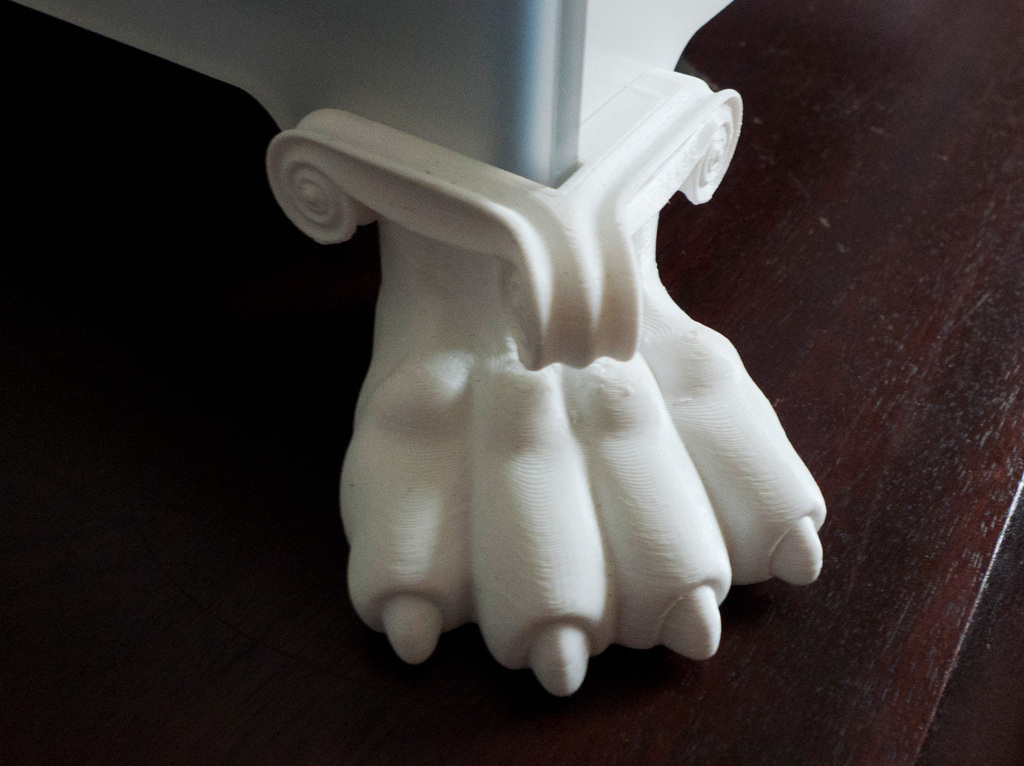 You'd be surprised how many industries use these machines, from jewelry to dentistry.
You'd be surprised how many industries use these machines, from jewelry to dentistry.
That's why we've ranked the best resin printers in every price range, from $150 to $5,000+, so you can find the perfect machine for your hobby projects or business.
Contents
- Best cheap resin 3D printers (under a thousand dollars)
- Anycubic Photon Mono is a great low cost resin 3D printer
- ELEGOO Mars Pro / Mars 2 Pro is the best cheap resin 3D printer
- Anycubic Photon Mono 4K
- Phrozen Sonic Mini 4K
- Elegoo Mars 3
- Elegoo Saturn
- Phrozen Sonic Mighty 4K
- Anycubic Mono X is a great budget photopolymer 3D printer
- Curing and Cleaning Stations
- Anycubic Wash & Cure.
- Elegoo Mercury Plus
- Prusa SL1S Speed
- Peopoly Phenom mSLA Printer - large photoresin 3D printer with huge build volume
- Buyer's Guide - What to Consider When Buying a
- RGB Photopolymer 3D Printer vs.
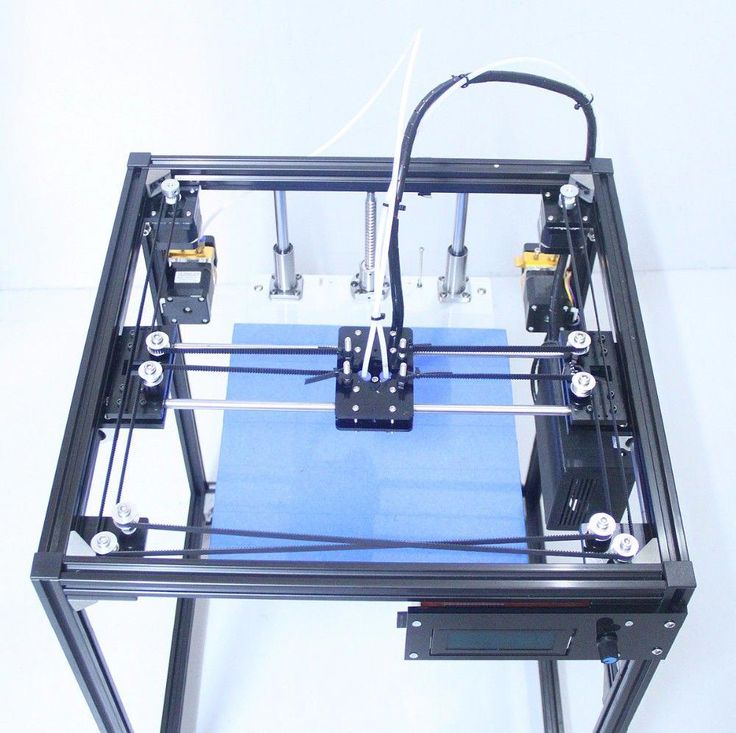 LCD Screens - Differences, Advantages/Disadvantages
LCD Screens - Differences, Advantages/Disadvantages - Post-processing equipment
- How does a photopolymer 3D printer work?
- Resin 3D printing technologies
- SLA
- DLP
- MSLA/LCD
- LFS
- DLS
- How much does a resin 3D printer cost?
- Resin 3D Printer Applications
- Resin 3D Printing vs. Filament (FDM)
- Resin 3D Printing vs Selective Laser Sintering (SLS)
- FAQ
Best cheap resin 3D printers (under a thousand dollars)
Anycubic Photon Mono is a great low cost resin 3D printer
- Price: $249
- Assembly volume: 120 x 80 x 165 mm
- Screen resolution: 2560 x 1620 pixels
- Screen size: 6″ 2K monochrome LCD
- XY resolution: 51 microns
- Speed: 50 mm/h
- Cleaning/Cure: Anycubic Washing and Curing Station
The new Anycubic Photon Mono printer adds to Anycubic's reputation as a premium manufacturer of affordable LCD 3D printers.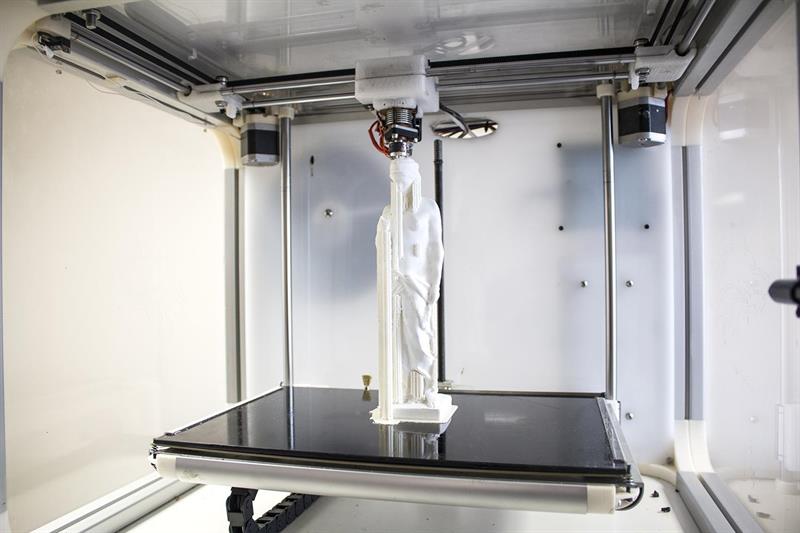 Where you used to pay thousands for an entry-level SLA printer, now printers like the Mono offer great resolution at lower than ever prices. The Photon Mono is a new upgrade from previous models, including greatly increased resin printing speed and other accuracy improvements.
Where you used to pay thousands for an entry-level SLA printer, now printers like the Mono offer great resolution at lower than ever prices. The Photon Mono is a new upgrade from previous models, including greatly increased resin printing speed and other accuracy improvements.
It is equipped with a high quality 2K LCD screen, which is more than enough for most resin projects. But for higher resolution and better quality for really complex figurines or miniatures, we recommend getting the Anycubic Mono X with its 4K LCD screen, which we'll cover in more detail later in this article.
Perhaps the most notable upgrade is speed - up to a maximum of 50mm/h from previous levels of around 20mm/h on older Photon models. Anycubic has also upgraded the Z axis for more stable printing and better surface finish with a new dual linear motion system.
Overall, we rate the Anycubic Photon Mono, as well as its competitors in the Sonic Mini and Elegoo Mars lineups, as the best cheap photopolymer 3D printers.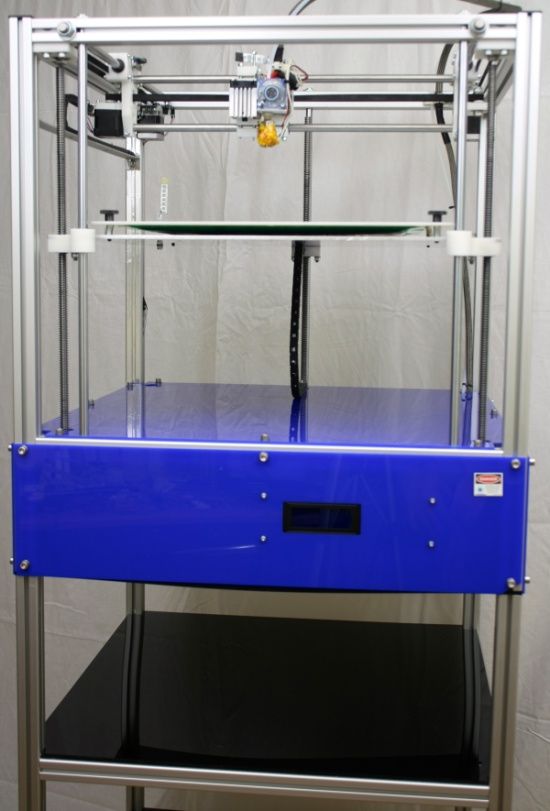 But if you have a few hundred dollars to spare and need a better resolution, go for Mono X.0099 anycubic photon mono cheap photopolymer 3d printer.
But if you have a few hundred dollars to spare and need a better resolution, go for Mono X.0099 anycubic photon mono cheap photopolymer 3d printer.
ELEGOO Mars Pro / Mars 2 Pro - Best Cheap Resin 3D Printer
- Price: $250 / $280 - Available on Amazon here
- Print volume: 129 x 80 x 160 mm
- Screen resolution: 2560 x 1620 pixels
- Screen size: 6.08″ 2K monochrome LCD
- XY resolution: 50 microns
- Speed: 30-50 mm/h
- Cleaning/Cure: Elegoo Mercury Plus/X 9 Wash and Curing Station0010 The
Elegoo Mars is another cheap resin 3D printer, like the Anycubic Photon, which shocked manufacturers with how good it really is. As LCD 3D printing becomes more affordable, accurate and fast, Elegoo is taking advantage of this advantage to create a low cost resin printer that delivers quality and consistency.
An upgraded version of the Mars Pro printer is more precise with an updated Z-axis linear guide system that smoothes layers and makes each individual layer line less obvious, improving surface quality. There are also a number of safety improvements, such as a silicone seal that prevents resin from leaking on the 3D printer cover.
There are also a number of safety improvements, such as a silicone seal that prevents resin from leaking on the 3D printer cover.
The printer is equipped with a 2K LCD projector and the minimum layer height is only 0.01mm. Elegoo Mars Pro comes with its own 3D resin slicer called CHITUBOX and has a nice max build volume of 115 x 65 x 150mm. It's also fast enough for a budget photopolymer 3D printer.
Elegoo also sells some of the cheapest resins on the market. You can buy them here.
Anycubic Photon Mono 4K
- Price: $289
- Print volume: 165 x 132 x 80 mm
- Screen resolution: 3840 x 2400
- Screen size: 6.23" 4K monochrome LCD
- XY resolution: 35 microns
- Speed: 50 mm/h
- Cleaning/Cure: Anycubic Washing and Curing Station
Equipped with a 6.23″ 4K high-resolution monochrome LCD, the Anycubic Photon Mono 4K is an affordable, performance-oriented 3D printer for the discerning but budget-friendly resin maker.
The construction volume of 165 x 132 x 80 mm is small by FDM standards. Although, as befits resin 3D printers, its volume is slightly larger than most, and it certainly makes up for it with exceptional precision and detail thanks to its 35 micron XY resolution.
In testing, Anycubic Photon Mono 4K proved to be ready to work with any highly detailed models and decorative elements, even quite large ones. Articulated parts, board game figures and even articulated miniatures, the Mono 4K does it all.
Cast on a few copies of a small part and the Anycubic Photon Mono 4K is ready, making it suitable for small businesses and hobbyists alike. The print speed is up to 50mm/h and the printer easily prints layers in less than 2 seconds.
From a usability standpoint, we'd like to see desirable features such as resume printing and Wi-Fi connectivity. Anycubic's Photon Workshop slicing software is a functional, if unremarkable, slicer. Luckily, the Anycubic Photon Mono 4K's compatibility with third-party software such as Lychee and ChiTuBox means you don't have to be tied to Anycubic's slicing software.
If you're after impressive 4K screen fidelity, the Anycubic Photon Mono 4K's delivers hassle-free, high-resolution printing at a great price.
Phrozen Sonic Mini 4K
- Price: $349 - Available at Phrozen official store here / Available on Amazon here
- Print volume: 134 x 75 x 130 mm
- Screen resolution: 3840 x 2160 pixels
- Screen size: 6.1″ 4K monochrome LCD
- XY resolution: 35 microns
- Speed: 80 mm/h
- Cleaning/Cure: Phrozen Cure and Phrozen Ultra-Sonic Cleaner
At an affordable price, the Phrozen Sonic Mini features a powerful 4K 6.1-inch LCD screen that delivers 35µm quality and two-second layering speed.
This is a powerful, inexpensive photoresin 3D printer with everything you need to print, and while if you need more print volume you can go for the Sonic Mighty 4K (more on that later!), if size isn't a big deal, the Sonic Mini 4K is more than fit.
Phrozen claims the Sonic Mini 4K is ideal for resin mold printers, as well as miniatures and desktop models.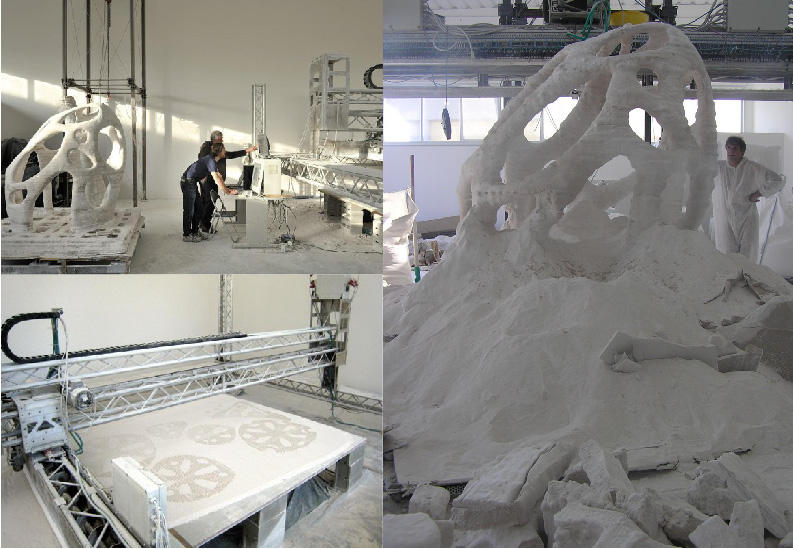
Elegoo Mars 3
- Price: $349
- Print volume: 143 x 90 x 165 mm
- Screen resolution: 4098 x 2560 pixels
- Screen size: 6.6″ 4K monochrome LCD
- XY resolution: 35 microns
- Speed: 1.5-3 seconds per layer
- Cleaning/Cure: Elegoo Mercury Plus/X 9 Wash and Curing Station0010
Featuring an Ultra 4K resolution LCD screen and Elegoo's latest mSLA technology, Elegoo Mars now has 30% more accurate XY (35µm) resolution than Mars 2, as well as a 37% larger build volume. For an extra $100, this is a very attractive deal for those looking to get higher-end resin 3D printing.
Other features include an improved light source for more uniform resin curing - even over a larger build area. Built-in 36 high-power LED lamps and a new lens provide higher accuracy, as well as an improved heat sink and cooling fan, which extends the life of the printer and enhances its durability.
Elegoo Saturn
- Price: $499
- Print volume: 192 x 120 x 200 mm
- Screen resolution: 3840 x 2400 pixels
- Screen size: 8.
 9″ 4K monochrome LCD
9″ 4K monochrome LCD - XY resolution: 50 microns
- Speed: 30-40 mm/h
- Cleaning/Cure: Elegoo Mercury Plus/X Cleaning and Curing Station
Featuring an 8.9" 4K monochrome LCD screen for fast layer curing, the Elegoo Saturn greatly outperforms the standard models by printing 60% faster than the Elegoo Mars Pro, printing a layer every 2-3 seconds.
You get a number of other key improvements for your money, the most notable of which is a larger build area that turns the Elegoo Saturn into a 3D printer for printing large hard resin models, as well as the ability to print multiple small models at the same time in one batch.
Improved precision with the Saturn's double linear Z-axis guide makes the Saturn printer more stable than ever, ensuring accurate and uniform printing. And in case you're a fan, the Elegoo Saturn also has an Ethernet port on the back to keep things fast and efficient.
Phrozen Sonic Mighty 4K
- Price: $549
- Printing area: 200 x 125 x 220 mm
- Screen resolution: 3840 x 2400 pixels
- Screen size: 9.
 3″ 4K monochrome LCD
3″ 4K monochrome LCD - XY resolution: 52 microns
- Print speed: 80 mm/h
- Cleaning/Cure: Phrozen Cure and Phrozen Ultra-Sonic Cleaner
If you're looking for an affordable resin 3D printer with a large enough footprint for mass production of models or large resin prototypes, the Phrozen Sonic Mighty 4K even outsizes the Elegoo Saturn.
With a strong and reliable Z-axis that delivers print accuracy up to a maximum print height of 22 cm, it offers good print quality, especially with the 4K resolution LCD screen. It also prints fast, with two-second layer printing.
While Phrozen recommends using proprietary 3D printer resins, the Sonic Mighty 4K is compatible with most third-party resins (but check first). So if you have spare resins left over from a previous 3D printer, you should be fine.
Anycubic Mono X is a great budget photopolymer 3D printer
- Price: $599
- Printable area: 192 x 120 x 245 mm
- Screen resolution: 3840 x 2400 pixels
- Screen size: 8.
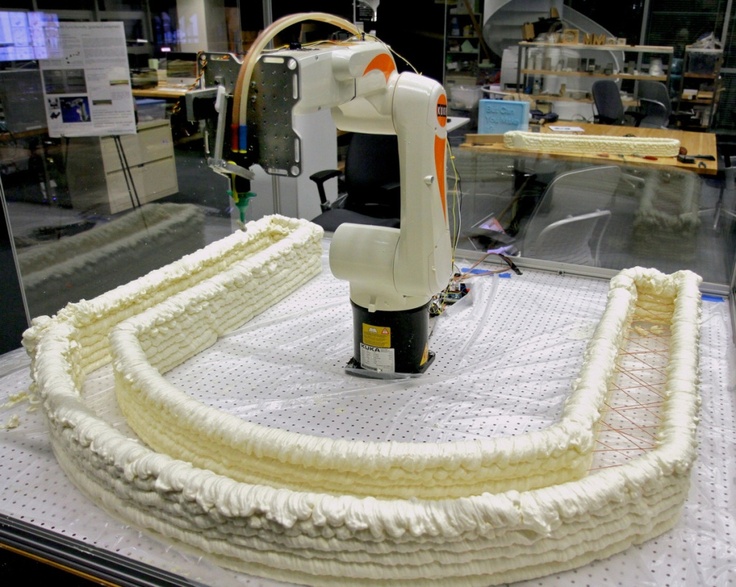 9″ 4K monochrome LCD
9″ 4K monochrome LCD - XY resolution: 50 microns
- Speed: 60 mm/h
- Cleaning/Cure: Anycubic Wash & Cure Statio
Anycubic's original budget Photon 3D resin 3D printer is still one of the most popular 3D printers in the world, and now the Mono X proves that the company can compete with higher-end machines. Mono X can print 3 times faster than standard photopolymer printers at speeds up to 60mm/h, and thanks to the 4K LCD screen, it can create very precise and sharp details.
In addition, the upgraded Mono X Z-axis improves stability and makes the surface smooth, unaffected by external factors such as vibrations. The result is jewelry models and miniatures where the layer lines are barely visible.
Another big benefit is WiFi printing, so you don't have to keep unplugging your SD or USB card when printing multiple designs throughout the day. The large 3.5" touch screen makes it easy to navigate, and with a larger build volume, you can print multiple jewelry models or desktop miniatures at the same time. Overall, this is one of the best budget photopolymer 3D printers out there.
Overall, this is one of the best budget photopolymer 3D printers out there.
Curing and Cleaning Stations
Since washing and curing is an inevitable part of resin 3D printing, we have compiled some of the best washing and curing stations to include in your printing system to save you the hassle and mess of subsequent printing. processing.
Anycubic Wash & Cure.
Anycubic Wash & Cure is a versatile station compatible with the vast majority of photoresin printers. Thanks to Anycubic's recent price cut, Wash & Cure is under $100.
The flush mode has adjustable flush cycles including 2, 4 and 6 minutes. Curing mode uses a broad spectrum UV light of 356 nm and 405 nm mounted on a 360° rotating platform to ensure uniform curing of any and all prints 115 x 65 x 165 mm or smaller.
Anycubic has simplified the entire rinsing and curing process with a “set it and forget it” design—select rinsing or curing on the touch button interface and you're done.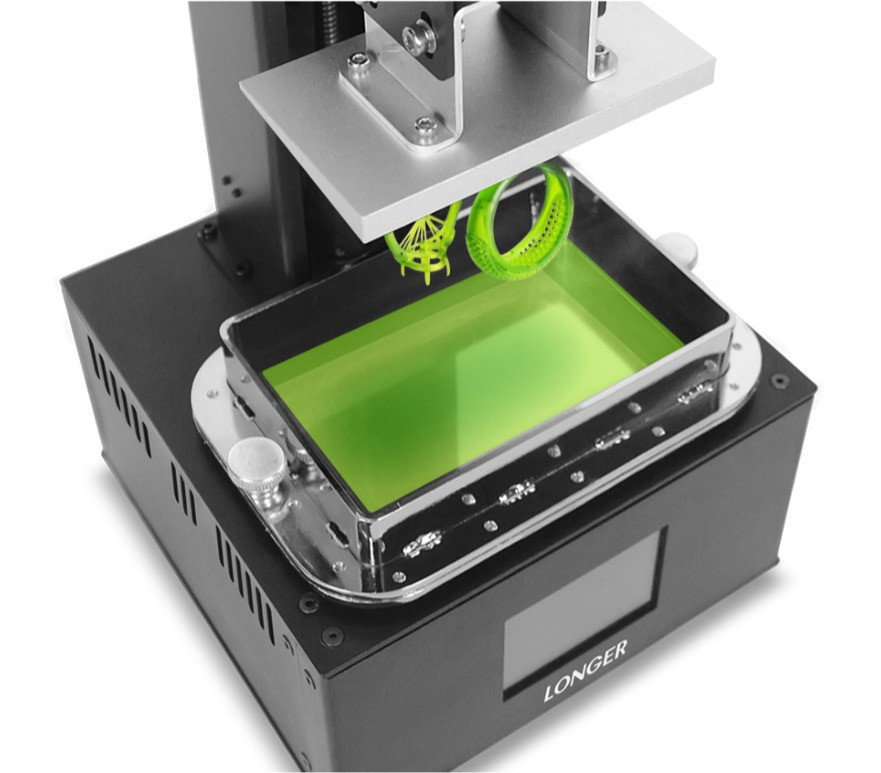 Station blocks 99.95% UV radiation and has an auto-pause feature if the cap is accidentally knocked off. The station has an adjustable bracket that can be fixed on the Anycubic platform if you are working with a Photon Mono series printer.
Station blocks 99.95% UV radiation and has an auto-pause feature if the cap is accidentally knocked off. The station has an adjustable bracket that can be fixed on the Anycubic platform if you are working with a Photon Mono series printer.
Elegoo Mercury Plus
Another all-in-one station, but this time from Elegeoo, the Elegoo Mercury Plus is an easy-to-use option for hands-free finishing.
The allowed maximum print size is 125 x 85 x 160 mm for washing and 140 x 165 mm for curing. You can either use the included cleaning basket or install the Elegoo build plate with models still attached, making it compatible with most if not all photopolymer 3D printers, not just Elegoo machines.
385nm and 405nm UV lamps and a 360-degree rotatable curing turntable do all the curing work with the ability to enter and control cure times up to 30 minutes on a TFT touch screen. Safety is provided by an anti-UV cap that blocks 99.95% of UV rays and a pause function if the cap comes off during curing.
Anycubic station will cost more, but at around $120 you will complete your 3D printing rig with a quality resin 3D printing station with no mess.
Best desktop resin 3D printers ($1,000 to $3,000)
Prusa SL1S Speed
- Price: $1,999 - available at Prusa store here
- Print volume: 120 x 68 x 150 mm
- Screen resolution: 2560 x 1620 pixels
- Screen size: 5.96″ 2K monochrome LCD
- XY resolution: 47 microns
- Print speed: 50 mm/h
- Cleaning/curing: Original Prusa CW1S
Prusa printers are known for being the best RepRap 3D printers. They are so good that over 150,000 printers have been sold, and company founder Josef Prusa has opened his own printer factories to print parts for more printers! Prusa reception.
Prusa has now moved into the SLA 3D printing sector with the launch of the Prusa SL1 printer based on mSLA technology: using LCD and LED panels to cure photosensitive resin layers.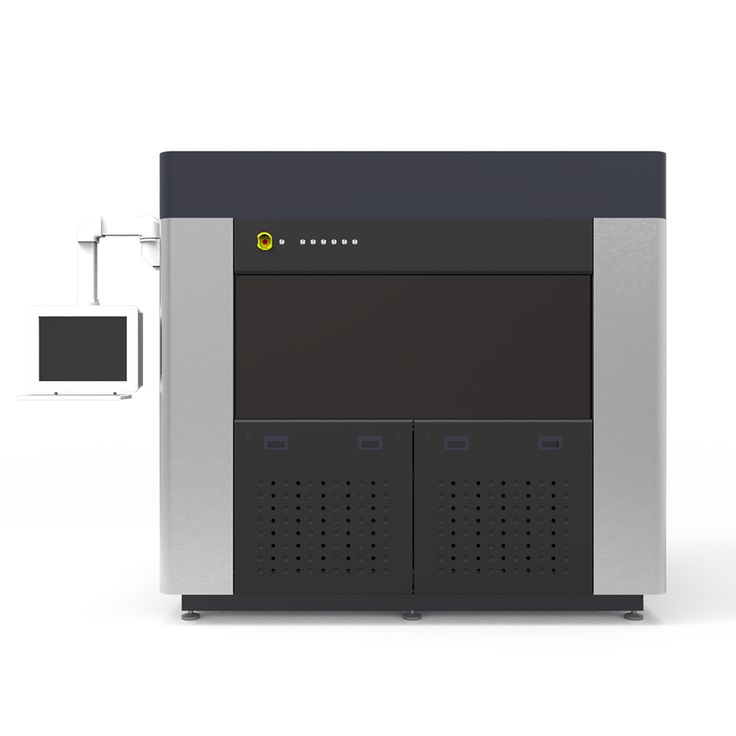 As mentioned earlier, this has the advantage of scalability—multiple parts can be created at the same time without additional time—as well as high accuracy.
As mentioned earlier, this has the advantage of scalability—multiple parts can be created at the same time without additional time—as well as high accuracy.
In addition to the printer, Prusa sells a wash and cure machine that helps wash and cure prints, maximizing the surface finish. The Prusa SL1 has a heavy aluminum chassis designed to anchor the printer to the ground and make it more stable for more accurate printing. It seems to me that the phrase “of course, this is good, this is Prusa” is appropriate here.
Peopoly Phenom mSLA Printer - large photopolymer 3D printer with huge build volume
- Price: $1,999 - Available from Matterhackers here
- Print volume: 276 x 155 x 400 mm
- Screen resolution: 3840 x 2160 pixels
- Screen size: 12.5″ 4K LCD
- XY resolution: 72 microns
- Print speed: 75 mm/h
- Cleaning/Cure: Peopoly Curing Box
We already included the Peopoly Moai 130 in our list, a fantastic DIY SLA 3D printer kit. Now Peopoly is back with the Phenom, a large photopolymer 3D printer that combines LCD and LED technology.
Now Peopoly is back with the Phenom, a large photopolymer 3D printer that combines LCD and LED technology.
Peopoly Moai has a huge print volume for a photopolymer 3D printer - 276 x 155 x 400 mm, as well as 72-micron resolution. This is practically unheard of as photopolymer printers typically have a much lower build volume than FDM 3D printers. Peopoly recommends using their own resins for 3D printing, which they sell for about $70 per litre.
Overall, this is an impressive and accurate large format resin 3D printer.
Professional Resin 3D Printers ($3,000+)
Formlabs Form 3 - Best Resin 3D Printer
- Price: $3,499
- Assembly volume: 145 x 145 x 185 mm
- XY resolution: 25 microns
- Print speed: 70 mm/h
- Clean/Cure: Formlabs Form Wash & Cure
Formlabs has made a name for itself in the 3D printing industry since its initial Kickstarter campaign in 2012. An American 3D printer company was selling a Form 3 SLA 3D printer for 3 49$9 and has since become very popular in the dental and jewelry industries.
Formlabs resins available here.
TheForm 3 comes with a ton of new features. It features the new benefits of LFS technology as well as a new Light Processing Unit (LPU) to improve the surface finish of resin parts as well as better layer registration. The Form 2 was already fantastic, and these additional features take the Form 3 to a whole new level in desktop SLA printers.
In addition, the Formlabs Form 3 has an automated resin supply system and uses smart cartridges that automatically fill the resin reservoir, along with many other advanced features. In addition, it is equipped with a resin tray scanning system after each layer and automatically adjusts according to the type of resin used. In addition, the printer has a fantastic touch screen and can be controlled remotely via a WiFi connection.
This UV resin 3D printer has a very good print volume of 145 x 145 x 185mm and is extremely accurate with 25 micron XY resolution. The Formlabs Form 3 is compatible with a wide range of resins, from ceramics, flexible resins, to cast resins, although Formlabs also sells its own high quality resins.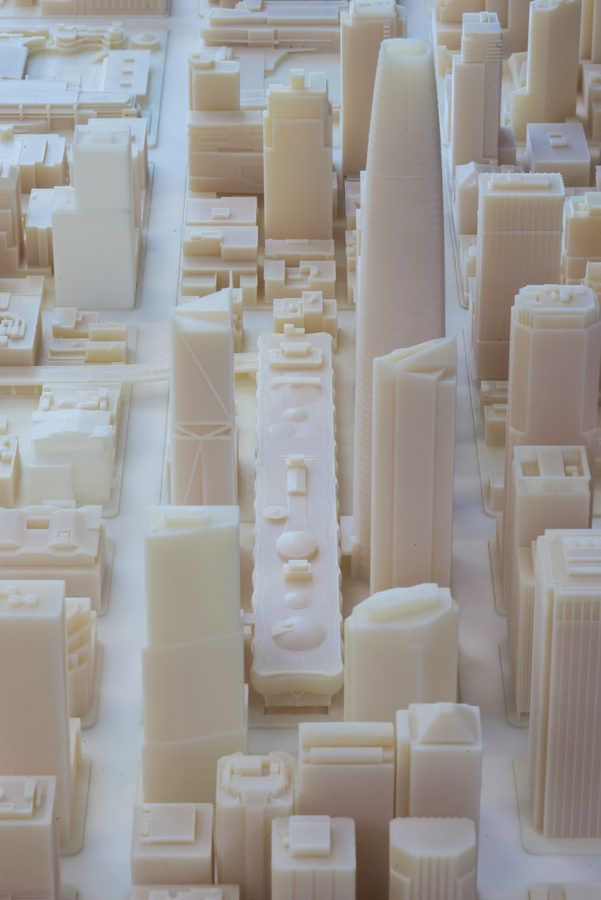
For those looking for third party resins compatible with Formlabs printers, here is a great place to start.
Formlabs has established itself as a leader in stereolithography with the Form 3 printer. It has received rave reviews and is widely used in dentistry. Formlabs also sells a 3D printer for SLS, the Fuse 1.
Buyer's Guide - What to Consider When Buying a Resin 3D Printer
RGB vs. LCD Screens - Differences, Advantages/Disadvantages
earlier models.
This change is only to the benefit of manufacturers, since monochrome screens have many advantages over RGB. Although they are more expensive, they are more efficient, less energy intensive, and print faster due to shorter polymerization times.
Unless you choose an old used model, you will most likely buy a printer with a default monochrome LCD screen.
LCD Resolution - 2K, 4K, 6K
Like computer monitors and TVs, LCD resolution determines the level of pixels and detail.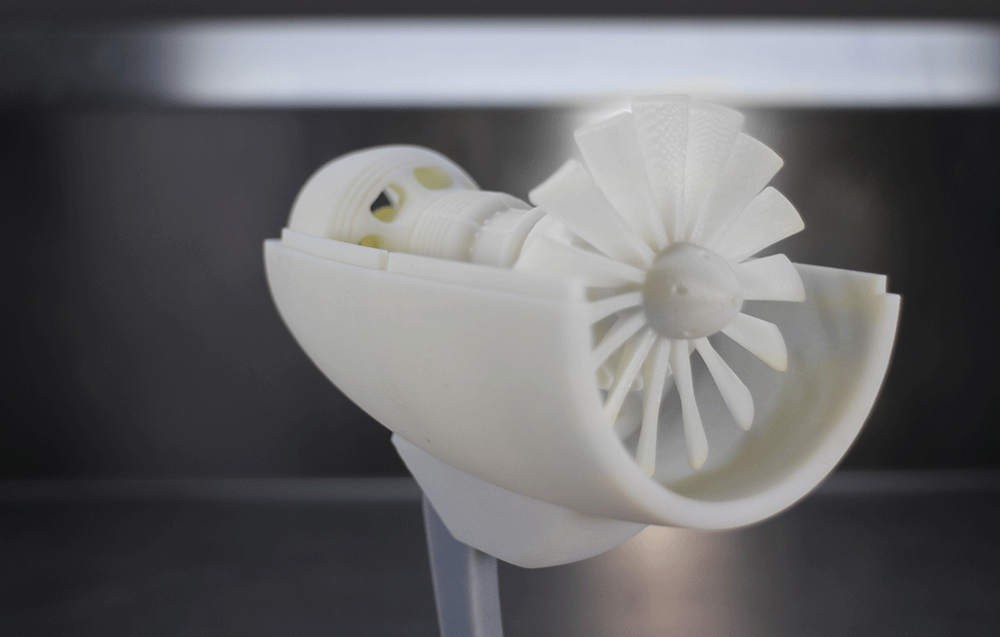
Higher resolution translates into better XY resolution and lower layer height, which is a critical factor for the fine detail and precision we expect from resin printers.
You'll find 2K, 4K and even 8K resolution printers for those who want the ultimate level of detail and intricate detail in their prints.
However, the print quality of the 2K LCD is far superior to that of FDM printers, so it is more than adequate for most applications.
Build Volume
Photopolymer printers typically have a smaller build volume than more common FDM machines, so manufacturers and professionals use them to create small, intricate parts with high precision.
If you need extra space to print duplicate parts or large figures and models, look to larger format resin printers such as the Peopoly Phenom and Phrozen Sonic Mighty 4K.
Post-Processing Equipment
Resin 3D printing is a messy business and post-processing is a major part of the printing process. Post-processing consists of two parts - washing and polymerization.
Post-processing consists of two parts - washing and polymerization.
Flushing involves removing uncured resin residue from the print with isopropanol.
Polymerization uses additional UV light to complete the polymerization process to improve the finish and overall rigidity of the part.
Do-it-yourself, hands-on processing is one option, but manufacturers now offer versatile wash and curing stations that eliminate many of the hassles associated with this process.
How does a photopolymer 3D printer work?
Each type of resin 3D printing technology cures UV resin, they just differ in how they do it.
Stereolithography (SLA) was the first additive manufacturing technology invented, with patents granted to 3D Systems back in 1986. SLA printing works by using an ultraviolet laser and mirrors (called galvanometers) to selectively cure the resin.
DLP 3D printing was pioneered by EnvisionTEC and uses a projector similar to a movie theater projector. LCD printing uses an LCD screen with individual LEDs that turn on and off to selectively cure specific areas of the resin to form the final object. LCDs are sometimes referred to as MSLA (masked SLA), as in Prusa and Peopoly resin printers.
LCD printing uses an LCD screen with individual LEDs that turn on and off to selectively cure specific areas of the resin to form the final object. LCDs are sometimes referred to as MSLA (masked SLA), as in Prusa and Peopoly resin printers.
Resin 3D Printing Technologies
SLA
Using mirrors, also called galvanometers, an SLA or stereolithography printer directs a UV laser beam at photopolymer liquid resin in cross sections to cure or print layer by layer.
DLP
DLP, or Digital Light Processing, is very similar to the SLA machine and involves emitting digital light (LED in most printers) through an array of micromirrors onto a light-sensitive liquid resin for flash, or in other words, curing the entire image layer at a time in so-called voxels - rectangles that look like pixels.
MSLA/LCD
Like DLP machines, MSLA or stereolithography (often referred to as LCD) printers use a digital light source (usually hundreds of LEDs) to flash an entire layer at once. Unlike DLP, the MSLA printer uses the LCD as a "mask", directing and illuminating a photosensitive liquid resin rather than mirrors. The mask allows the printer to expose only those areas that need to be cured to the light source.
Unlike DLP, the MSLA printer uses the LCD as a "mask", directing and illuminating a photosensitive liquid resin rather than mirrors. The mask allows the printer to expose only those areas that need to be cured to the light source.
LFS
LFS or Low Force Stereolithography is Formlabs patented pot polymerization technology. LFS overhauls the standard SLA process using a custom-designed Closed Light Processing Unit (LPU) that passes a UV laser beam through a spatial filter and an array of mirrors to polymerize the photosensitive liquid resin cross-section layer by layer.
DLS
Another patented technology from Carbon 3D, DLS, or Digital Light Synthesis, uses an oxygen permeable window to cure a photosensitive liquid resin in what is known as continuous liquid interface manufacturing (CLIP). Light from a special LED engine illuminates ultraviolet rays to match the shape and details of the part's cross-section onto an ultra-thin resin layer supported by an oxygen window known as the "dead zone". The resin in the "dead zone" is then cured to create precise, detail-rich layers.
The resin in the "dead zone" is then cured to create precise, detail-rich layers.
How much does a photopolymer 3D printer cost?
Good cheap photopolymer 3D printers start at around $200. Even ten years ago, resin printers cost thousands of dollars, but with great advancement - mainly in the field of LCD printing - the prices have come down!
However, these budget photoresin 3D printers can't compete with more professional high resolution printers like the Form 3 ($3,499) or the Peopoly Phenom (1 9$99). They can still produce accurate models, for example for miniatures and other fun projects, but as a photopolymer 3D printer for business, they may not be effective.
Photopolymer 3D printer applications
Budget photopolymer 3D printers are commonly used by hobbyists to produce precise figurines and miniatures in detail that FDM printers simply cannot match. They are commonly used for 28mm miniatures, D&D figurines and other similar desktop model projects.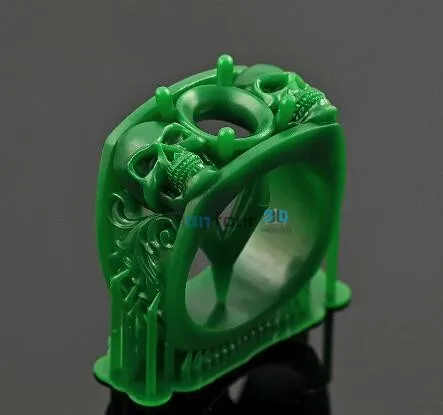
However, these inexpensive options can sometimes be used to create wax molds for casting jewelry. However, for higher quality precious metal casting, it is recommended to use a more professional resin 3D printer capable of better resolution and precision.
photopolymer printers are widely used in dentistry, audiology, jewelry and medical industries. For example, in dentistry, photopolymer 3D printers can print orthodontic models and implants, and in audiology, almost 100% of custom-made hearing aids are now 3D printed.
3D resin versus filament (FDM)
Hobbyists usually turn to resin 3D printing when they want higher precision, smoother surfaces and sharper details on small prints such as figurines or miniatures. While FDM is simpler, it cannot achieve these levels of precision and smoothness.
However, the trade-off between FDM and resin is that in terms of filament to resin ratio, filaments are cheaper, easier to use and reuse, come in more materials, colors and types, and tend to be stiffer.
Resins tend to be more expensive (although LCD resins are much cheaper now) and harder to use. They require thorough rinsing and post-processing, and extra care must be taken when printing and during post-processing with a resin 3D printer, including wearing protective gear, as the materials can be corrosive.
Thus, resin and thread are used for different purposes, and are not in direct competition for the same use. For the unrivaled precision of cheap 3D printers, as well as the rapid production of dental, jewelry and medical models, resin 3D printers are the way to go. But for more complex - perhaps with multiple colors - basic prototypes, deposition modeling is best suited.
Anti-selective laser sintering (SLS) resin 3D printing
The trade-off between SLA and selective laser sintering is similar: SLS-printed parts are more rigid, with excellent mechanical properties (and make excellent functional prototypes), although parts printed SLA are characterized by a smoother surface and faster printing.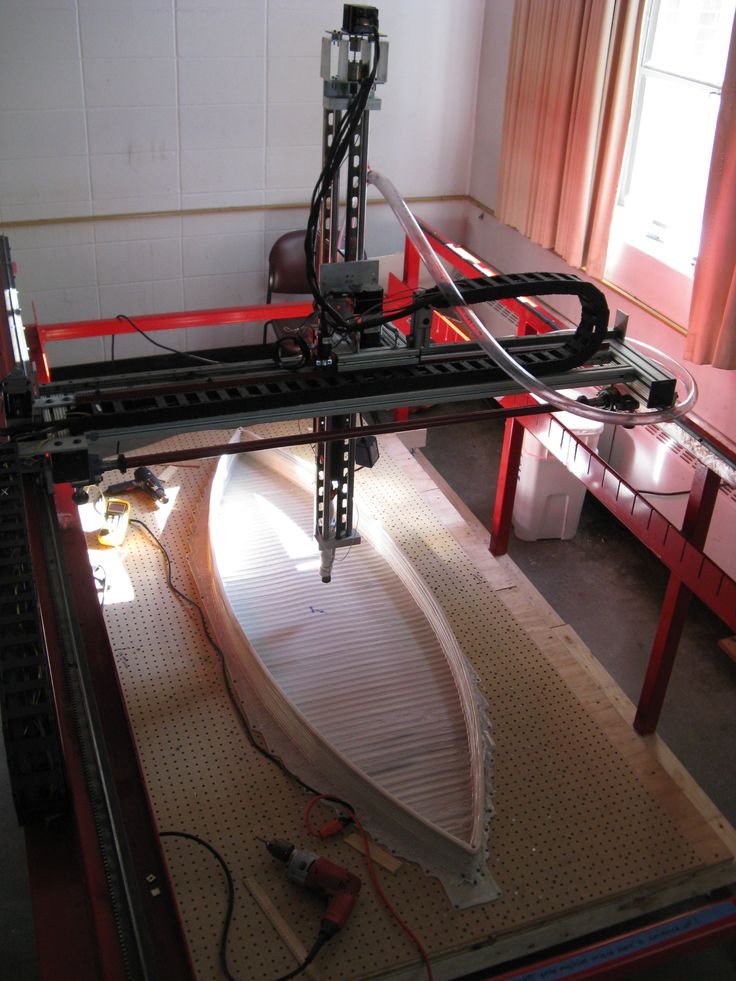
SLS is also great if you're not a fan of additional support structures and don't like post-processing, because the parts printed in the resin powder chamber don't move or deform during printing. SLS offers better material properties than SLA - for example, it is not as susceptible to UV or sun damage. But they are less affordable—even the cheapest printers start at $5,000.
FAQ
Is resin more durable than PLA?
In general, conventional resin produces brittle, brittle parts that are less resistant to stress and weather than traditional 3D printing materials such as PLA. Therefore, we cannot recommend the resin for making load-bearing, functional, impact-resistant or exterior parts where PLA and ABS work much better, so manufacturers prefer the resin for fragile decorative parts filled with precise detail and a smooth finish.
Increasingly, however, 3D printing media manufacturers are offering "tough" resins such as Formlabs Tough 2000 Resin, which offer superior tear strength and even outperform ABS in some cases. Real world applications in orthopedics (such as splints and braces) and dentistry (aligners and crowns) demonstrate how people are increasingly turning to tough resins to make strong, wear-resistant parts.
Real world applications in orthopedics (such as splints and braces) and dentistry (aligners and crowns) demonstrate how people are increasingly turning to tough resins to make strong, wear-resistant parts.
Is 3D printer resin expensive?
When viewed in the context of 3D printing and compared to other popular materials and filament types, resin is not particularly expensive. A 1 liter bottle of standard resin costs between $20 and $50 depending on the brand, which is more or less the price of ABS and PLA raw materials.
The number and size of prints you can make from a standard 1 liter bottle can vary, with costs skyrocketing for the most prolific producers.
Is the resin print dirty?
While the resin printing process itself isn't messy, post-processing of the finished print is invariably an annoying, sloppy mess, not to mention a potentially dangerous mess of dripping resin and harsh isopropanol. This is not for the faint of heart and not for those who are afraid to get involved in this matter.
This is not for the faint of heart and not for those who are afraid to get involved in this matter.
Luckily, curing and cleaning stations help keep resin processing messy, so you don't get your hands dirty by smearing prints in a vat of isopropanol.
Do resin prints need to be rinsed and cured?
Yes. The resin printing process leaves uncured resin residue on the finished part. Washing off excess resin ensures that all the details and finish of the print remain accurate when you move on to the polymerization process. It's also a safety issue: washing the resin prints removes potentially toxic, uncured liquid resin, allowing the part to be handled safely.
Curing is an equally important part of the process. When the printer has finished printing the part, the resin is in a transitional state: it is hard enough to retain the desired shape and detail, but lacks overall rigidity, making it prone to scratches, scarring, and imperfections.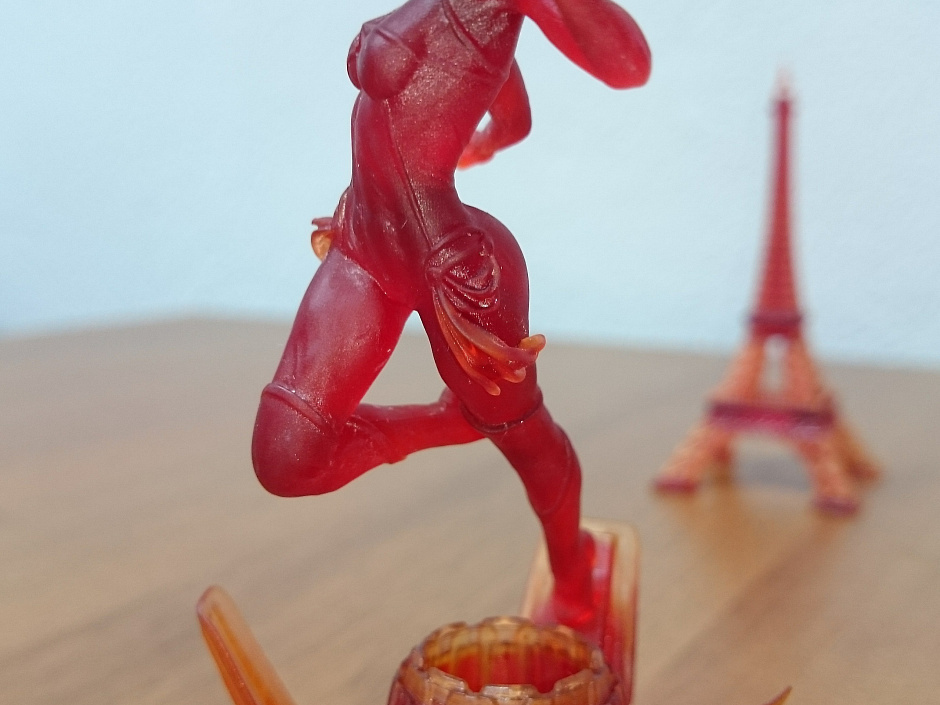 Curing the print with UV, or even sunlight if you have time, allows you to reach the optimal, finished resin state.
Curing the print with UV, or even sunlight if you have time, allows you to reach the optimal, finished resin state.
purchase and selection guide
Disclosure : Some of the links on this site are affiliate links. This means that if you click on one of the links and buy an item, I can earn a commission. However, all opinions are mine.
Rapid prototyping technology is changing rapidly and prices for 3D printers for home use have plummeted. Thanks to this, many large-scale 3D printers are now on the market.
Larger 3D printers have more space so you can print large projects at the same time. You don't have to separate the models or do anything else to fit them on the build platform.
The large format 3D printer also has a large print platform that makes it easy to print many things at once.
We've compiled a list of the best large format 3D printers on the market right now because they're not the same.
We think the Creality CR-10 Smart Pro is a good choice for most people if they want a quick fix.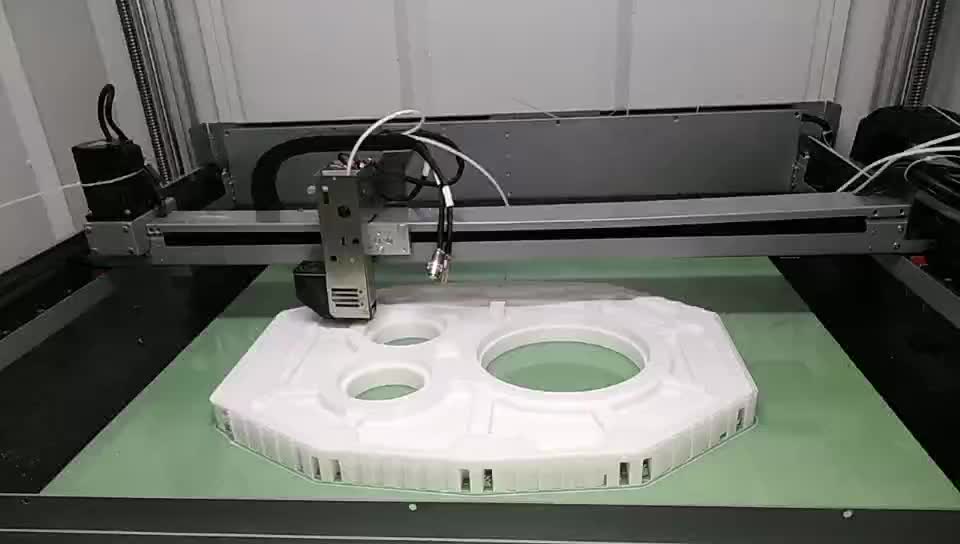
But if you want to know about all the wide format 3D printers on the market, keep reading!
We'll detail build scope, features, pricing and more so you know everything you need to know.
What is a large 3D printer made of?
We can roughly divide 3D printers into three main groups based on how much they can print: small, medium and large.
We use these categories to sort different print volumes. They are not hardcoded anywhere. The build area of most small 3D printers is 8 liters or less.
In practice, this means that the largest print you can make is 200 mm by 200 mm.
Flashforge Finder 3, Monoprice Mini Delta V2 and Snapmaker 2.0 A150 are all good examples. Medium-sized 3D printers have a working area of 8 to 27 liters.
The biggest you can build here is 300 x 300 x 300mm. The Ender 3 S1, Prusa i3 MK3S+ and Phrozen Sonic Mighty 4K are popular in this group.
Most 3D printers under $300 and under $500 are mid-sized.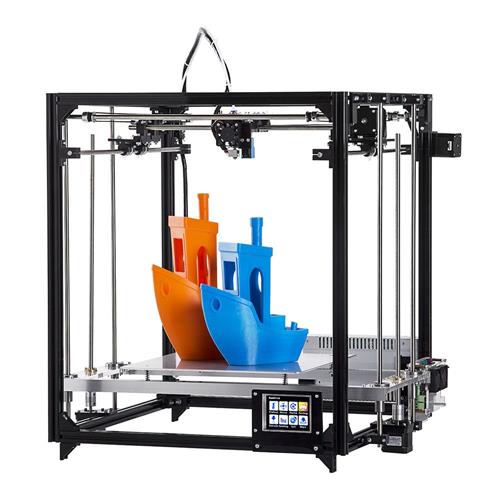
These are often used for general purpose 3D printing, so it's not surprising that 3D printer manufacturers focus on this category when building their machines.
We call a 3D printer large if it has a build volume of more than 27 liters or a print area of more than 300x300x300mm. The Creality CR series includes the most famous large format 3D printers.
Big 3D printers cost more than small ones, but that's no surprise. However, this does not mean that every expensive 3D printer has a large printable area.
Here are our recommendations if you are looking for the best large 3D printers.
1. Crealy CR-10 Smart about
Crealy CR-10 Smart about
Features
- Remote 3D printer with HD-frame
- Auto level DIY home and school
Buy Now
Creality's CR-10 series has always been a favorite among 3D printer fans due to its large build area and low price.
Creality CR-10 Smart Pro continues the tradition. It has some of the best specs in its class, making it one of Creality's best large format 3D printers.
It has some of the best specs in its class, making it one of Creality's best large format 3D printers.
For example, it has a large build volume of 300 x 300 x 400 mm, which is enough to fit a full face helmet in one piece.
It has features that make it stand out, such as Wi-Fi connectivity, remote monitoring and control of your 3D prints.
You can also use the Creality cloud app to upload, cut and send your 3D models directly to the printer.
The CR-10 Smart Pro can print high temperature materials up to 300°C because its hot end is made of metal. The PEI-coated flexible print bed is also the first in the CR-10 series.
It has excellent bed adhesion for easy removal of finished prints. You also get a CR-Touch leveling sensor and manual leveling with help so your first layers are perfect.
One problem is that its 350W power supply seems too small for such a large printer. Because of this, the machine has a longer heat-up time for the print bed.
But if you're only 3D printing large objects, the extra minutes you have to wait for the bed to warm up may not matter much.
All in all, the CR-10 Smart Pro is a complete package that meets almost all the criteria for the best large format 3D printer.
If you have the money and are willing to spend almost $800 on all the features of the Creality CR-10 Smart Pro, this is a great large format press.
🔥 Get the Creality CR-10 Smart Pro now
2. Anycubic Cobra Max
Anycubic Cobra Max
Features
- Anycubic LeviQ function of its own development
- more accuracy
- Detection of thread 9000 9000 9000 9000 9000 9000
Buy Now
The Anycubic Kobra Max is a great choice for those on a budget who want their first large scale 3D printer. 9The 0003
Kobra Max costs $529 and comes with a number of features that make it a strong competitor to other major 3D printers.
It has one of the largest build sizes on the list at 400 x 400 x 450mm. This gives you the freedom to 3D print just about anything.
This gives you the freedom to 3D print just about anything.
In addition, it features a dual Z-axis design to improve stability and reduce print artifacts caused by Z-axis wobble.
According to Anycubic, the Kobra Max is capable of printing at 180mm/s, twice the speed of most 3D printers. - FDM printers. That's almost as fast as the best Delta 3D printers can print.
This high speed makes it easy to print large 3D objects and can significantly reduce print time. Kobra Max also has a feature that allows you to continue printing where you left off.
This is important for large prints where a power outage can waste hours of time and paper. The printer comes with Anycubic's LeviQ auto platform leveling system.
This system uses an inductive sensor to level the layer. In real life, this probe works exactly like the Anycubic Kobra.
Kobra Max also has useful features such as a large touch screen, PEI print bed and runout sensor. But you can see that it doesn't have an all-metal hot end, which limits the materials it can print on.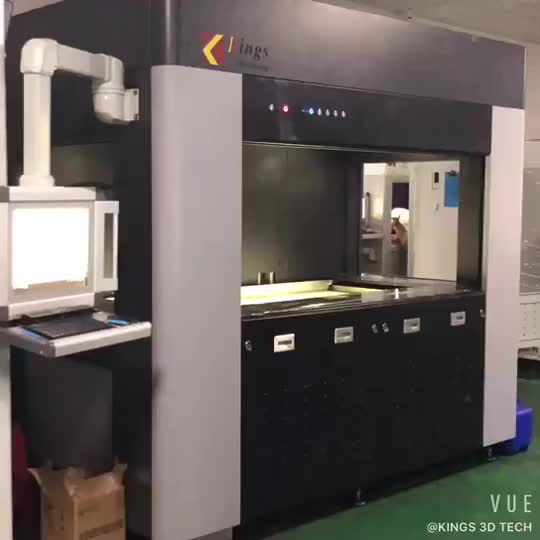
Also, the inductive sensor can only be used on metal beds. So if you want to switch to a glass bed in the future, for example to 3D print flexible filaments like TPU, you will run into problems.
On the other hand, the Anycubic Kobra Max has all the important features and delivers reliable prints. This is a good choice for beginners and hobbyists who want a big 3D printer but don't want to spend too much.
🔥 Get Anycubic Kobra Max Now
3. Sidewinder X2 Artillery
Sidewinder X2 Artillery
Features
- Dual 90 Z Intelligent Power Supply Synchronized System 0009 Homemade Motherboard
- Cable Manager Update
Buy Now
The Sidewinder X1 was a great competitor to the Creality CR-10 series, but it had a lot of new features, which caused some problems.
Sidewinder X2 is a big improvement over the previous version of Artillery. The X2 is an easy-to-use 3D printer for beginners that can print a lot.
X2 automatic bed leveling is assisted by a leveling sensor that looks like a BLTouch. There is also a tempered glass print surface and a heated build platform that is heated by AC power.
The glass top helps get a smooth first layer and the AC bed heater heats the bed up to 130°C in two to three minutes.
Titan style extruder with Volcano hot end is the best way to move large amount of filament at the same time.
With a maximum nozzle temperature of 240°C, you can only 3D print with low temperature filaments.
Another problem with the machine is that its XZ portal is not supported by any frame reinforcements.
This means that Z-banding or Z-wobble problems are more likely to occur when 3D printing at high altitudes. This is a big problem compared to the CR-10 Smart Pro.
It comes with great safety features and can be quickly folded right out of the box. This makes it a great large 3D printer for beginners.
Artillery X2 is also a great partner for educational institutions and people whose work is less professional. It costs less than $500, making it a good choice for many hobbyists on a budget.
It costs less than $500, making it a good choice for many hobbyists on a budget.
🔥 Receive the artillery Sayvinder X2 now
You may also like:
- TOP-8 Best Printers
- TOP-10 Best Vinyl Printers
- TOP-7 TOMI Business
4. Creativity CR-6 Max
Creativity CR-6 Max
Features
- 3D Printer FDM Starter No Leveling
- Auto Bed Leveling
- Improved Heatsink and Extruder
- TMC2209 Drivers
- 4.3" Touch Screen
Buy
Max Creality is a larger version of the popular Creality CR6. It has a large build area of 400 x 400 x 400mm.
With the CR-6 Max, Creality hopes to offer a low cost alternative to other large scale 3D printers.
Its main frame is made of aluminum profiles with V-slots, and like the CR-10 Smart Pro, it has tie rods that reinforce the structure.
When 3D printing at high speeds, the pulls reduce z-wobble and banding, making the frame triangular.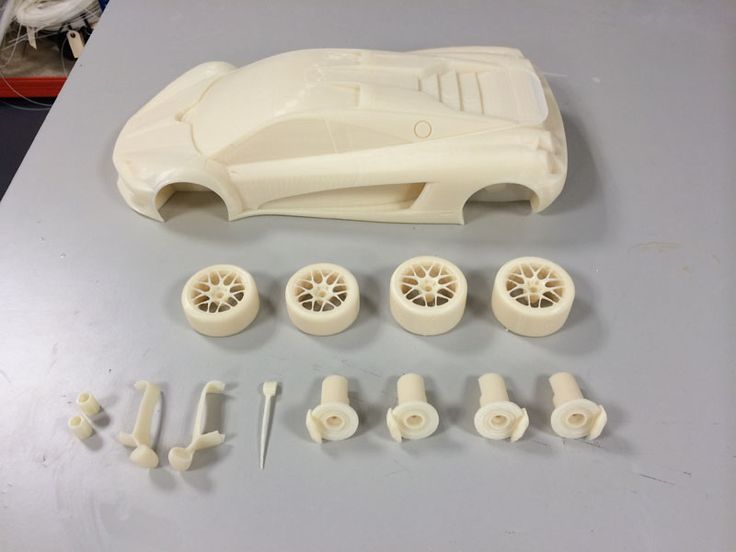
Automatic alignment with the CR-6 Max nozzle eliminates the need for an external sensor. Instead, the print bed is leveled using a nozzle and load cell.
This makes both a lightweight printhead and a perfectly flat bed.
TheCR-6 Max still lacks an all-metal hot end, and the open frame design makes it difficult for the print bed to heat up.
But the printer is a good choice for hobbyists and printers who will mainly use basic 3D printing materials and can make full use of its large print volume.
🔥 Get Creality CR-6 Max now
5. ANYCUBIC Photon M3 Max Resin 3D Printer
AnyCubic Photon M3 Max.
Highlights
- Amazing print volume
- 7K High resolution
- 13.6-inch screen and screen protector
- Fast printing and powerful light
- Auto resin
Buy now
The Anycubic Photon M3 Max is the largest of the three M3 (third generation) Anycubic Photon resin printers.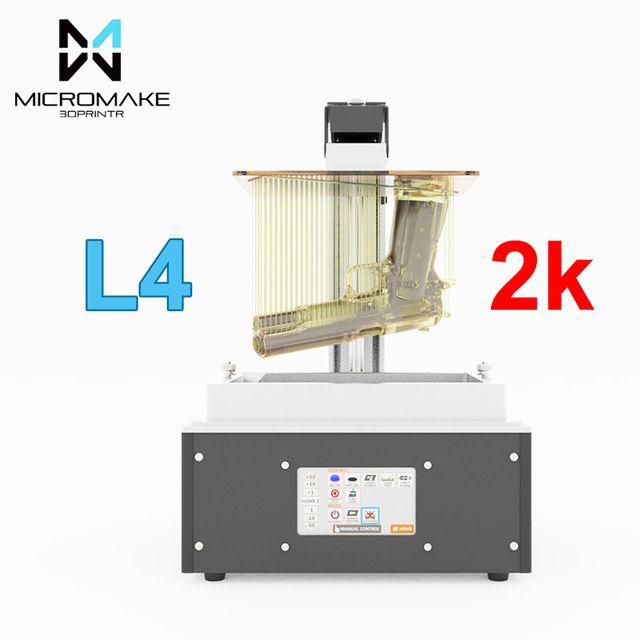 It is also the first large resin 3D printer built by Anycubic.
It is also the first large resin 3D printer built by Anycubic.
The resin 3D printing subculture is gaining popularity as people want to produce more than one part at a time and in large quantities.
There are only a handful of large resin 3D printers on the market today, and the M3 Max is the latest.
Large build volume, 7K LCD display, and some cool features like automatic resin filling and matte texture resin baths make the Max well suited for printing large parts.
Plus, the M3 Max does it all at a price that most people can afford. In fact, this is the cheapest way to start 3D printing with lots of resin right now.
ANYCUBIC Photon M3 Max Resin Printer can print up to 13 "x 11.7" x 6.5"/30 x 29 models.8 x 16.4 cm, and the high print volume allows you to create larger models and print more at once, making printing more efficient.
The LCD screen of this 7K UV Resin 3D Printer provides very high resolution (6,480 x 3,600 pixels).
Screen contrast up to 450:1. Print models with sharper edges and corners to improve the quality and success of your print job.
Print models with sharper edges and corners to improve the quality and success of your print job.
ANYCUBIC Photon M3 Max's new smart resin filling features are now available! This helps the resin fill intelligently and stop intelligently after sufficient time has elapsed.
And the resin 3D printer laser engraving platform adheres well, making it more likely that printing will work.
🔥 Receive Anycubic Photon M3 Max right now
6. Official 3D printer Crealy Ender 3
Official Crelyity Ender 3
Features
- Protective Block EXTRUMENCE TECHNOLOD EXTRUSED EXTROUSE OF PRODUCTION OF PRODUCT Easy and fast assembly
Buy Now
Creality Ender 3 Pro is one of the most popular filament 3D printers. It is popular with both beginners and people who want to do things on a budget.
The device comes unassembled and its open source design allows for easy modifications. But this printer is easy to use because it has great customer service and good print quality.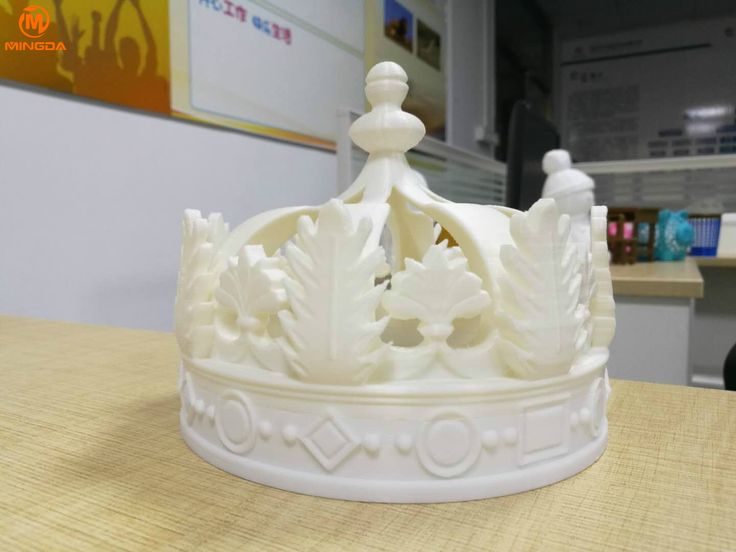
The Creality Ender 3 Pro is one of the best 3D printers you can buy, whether you're looking to buy your first printer or want to set up a fleet of 3D printers for production.
You get everything you need to build and run the Creality Ender 3 Pro without assembly.
Along with printer parts are hex keys, microSD card, zip ties, flush wire cutter to cut filament, scraper, small spool of PLA filament, microSD-to-USB reader, and a few parts. for assembly included.
All bolts are supplied in sets packed in bags and marked with their dimensions, which is very convenient for assembly.
🔥 Get the Official Creality Ender Printer Now
7. 3D printer Flashforge Adventurr 3
Adventurist Flashforge 3
Features
- Removable and flexible working plate 9000
- Noise Level 45 decibels
Buy
This is a great choice if you want something closed, easy to use and won't break the bank.
This fully enclosed printer is great for classrooms and other places where you need to keep prying hands away from the hot end and other moving printer parts.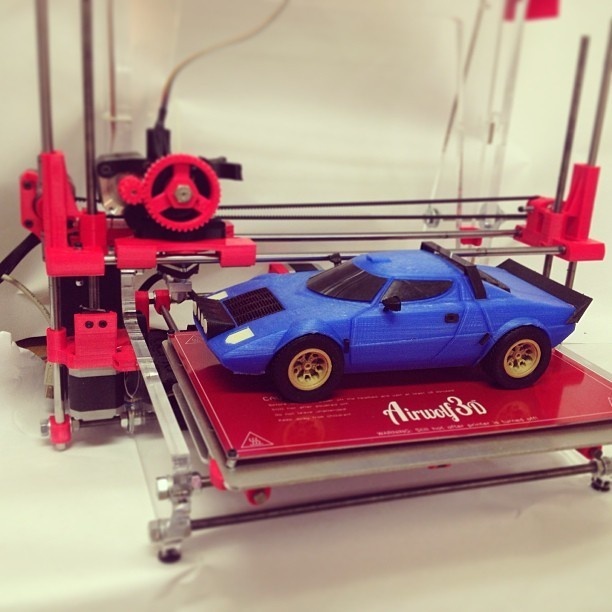
It has good print quality and a good range of features, but customer service isn't always the best. What's more, it's also a fairly inexpensive choice.
FlashForge makes an FDM/FFF 3D printer called the Adventurer 3. This small desktop system is the first in the company's Adventurer series.
Along with the Creator 3, Guider IIS, Inventor IIS and Explorer Max 3D printers, it was introduced at CES 2018.
After more than a year on the market, the Adventurer 3, with build dimensions of 150 x 150 x 150mm, has become known as cheap, lightweight and easy to use system that both creators and teachers can use.
Although it costs $449, this 3D printer has a built-in 2MP camera, a detachable extruder structure, and the ability to print 3D objects from the cloud.
Because FlashForge Adventurer 3 is a filament printer, we tested it with both PLA and ABS.
We used several different test patterns, each designed to test different types of geometry that filament printers can have a hard time handling.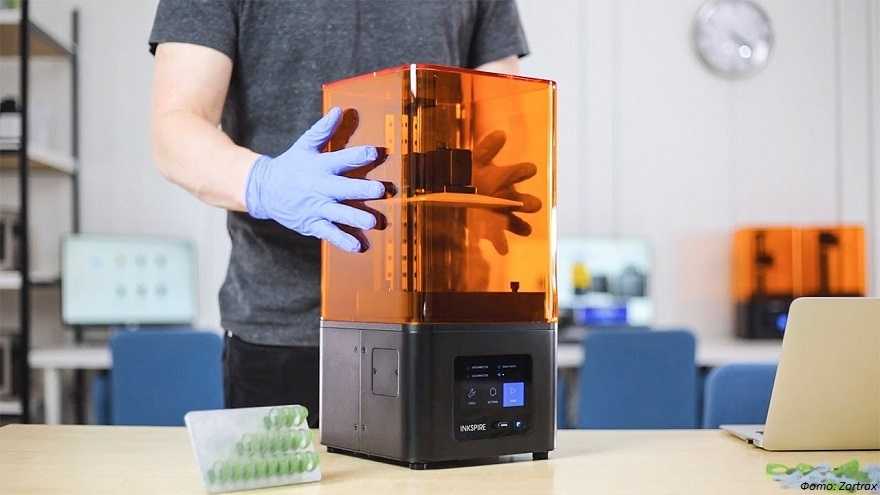
FlashForge Adventurer 3 made good prints, so it scored above average.
🔥 Download FlashForge Adventurer 3 now
Buyer's Guide: What to look for when choosing a large 3D printer?
1. Volume up
With a large print volume, you will have more options for choosing the sizes of the 3D models you want to print.
If you want to print large parts or many small parts at the same time for mass production, it is useful to have a large assembly area.
The size of the printer and its cost, after all, depend on how much it prints. A large machine will take up a lot of floor space, and due to the fact that it is made up of larger parts, it will cost more.
Even with large format 3D printers, a build area of 300 x 300 mm to 400 x 400 mm should be sufficient for most large prints.
If you don't care about price and want a big 3D printer, Raise 3D Pro 3 Plus and Vivedino Troodon are two of the biggest ones on the list.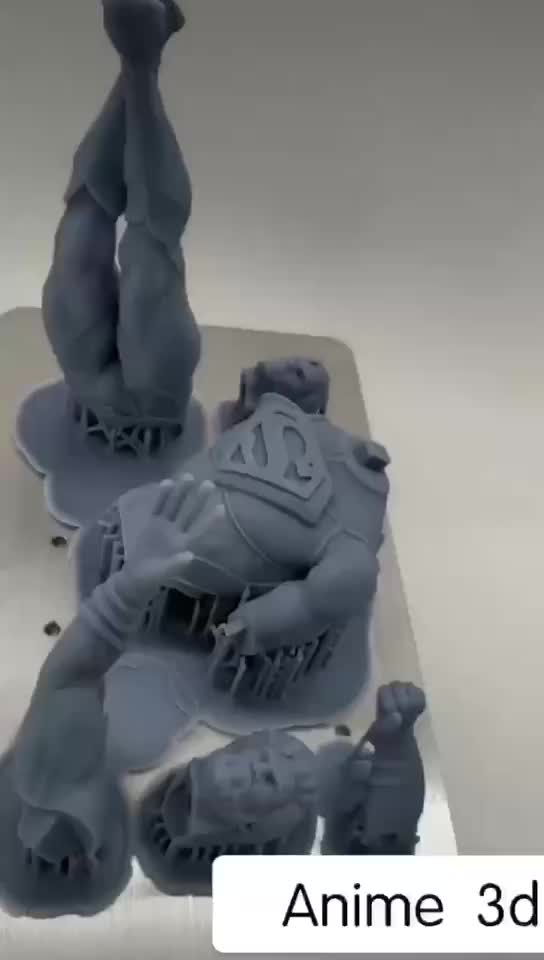
In addition, both the Creality CR-10 Smart Pro and Anycubic Kobra Max have many features at a low price and can print decent volume.
2. Heated housing
The printing environment is separated from the environment by a barrier.
This improves productivity and print quality. With a 3D printer body, it's easier to print with filaments that heat up.
Temperature changes make these yarns, such as ABS and nylon, more prone to warping and twisting.
If your 3D printer is closed, drafts and other external factors cannot change the temperature of the working area.
Even a slight change in temperature can warp or curl large prints, so it's best to protect them with a protective cover.
In addition, the case helps protect against 3D printing smoke that the printer emits during operation.
When you add a heated cabinet to it all, you have a printer that is child-safe and delivers the best results on most types of media.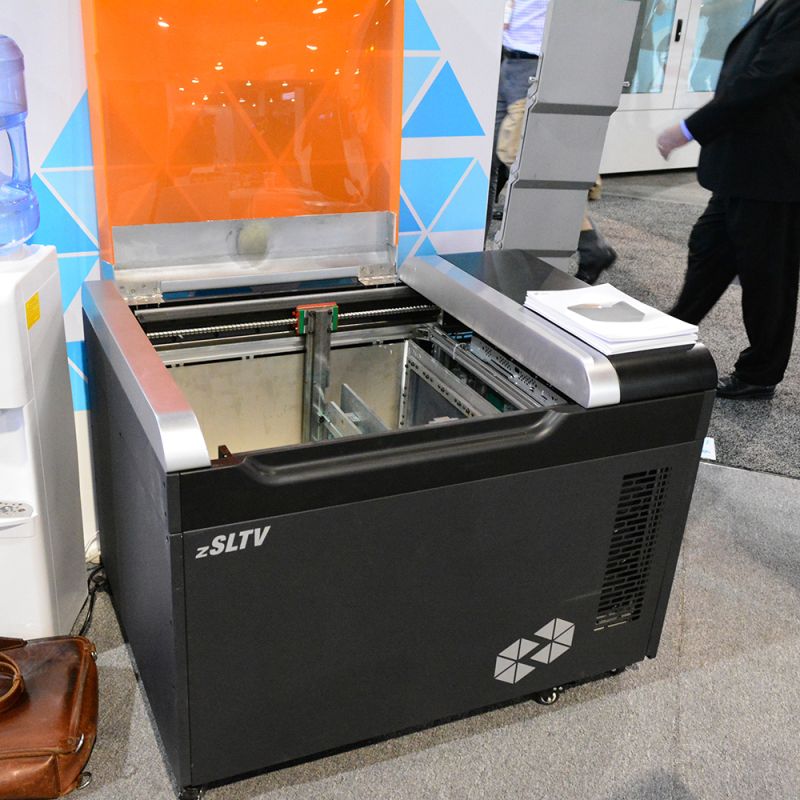
In enclosed 3D printers, the heated build plate helps to passively heat the printer, making it a stable place to print.
Some of the best examples of wide format fully enclosed 3D printers are the BCN3D Epsilon W50, Raise 3D Pro 3 Plus and Vivedino Troodon.
3. Filament compatibility
When you can use a wider range of filaments, you can use your printer for a wider range of applications.
A 3D printer must have at least an all-metal hot end capable of reaching up to 300°C and a heated bed capable of reaching 100°C so that it can work with different materials.
As we said, the printer's ability to print well with high-temperature plastics is also helped by the closed working area.
With Ultimaker S3 and BCN5D Epsilon W3, you can print metal and fiber filaments on a 50D printer.
Both the Raise 3D Pro 3 Plus and the CR-10 Smart Pro have a high temperature hot end and platform heating so you can use a wide range of filaments with them.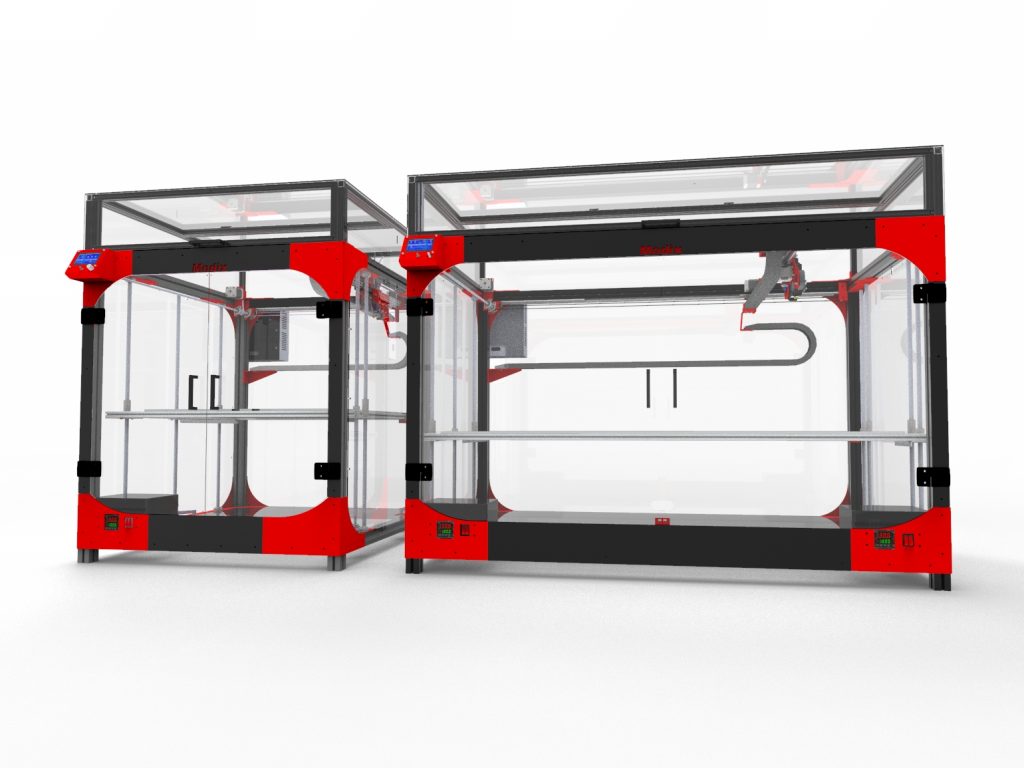
However, the second one does not have a case, so it cannot print either.
4. Rigidity
Large i3 style 3D printers need to move a large print platform quickly.
This movement can cause your 3D printed models to have ghosting, ringing, Z-banding and wobble.
Similarly, CoreXY 3D printers need a stable design so they can print at high speeds without degrading part quality.
To do this, the frame of the 3D printer must be rigid enough so that the printer does not shake too much. To reduce the effect of inertia on fast moving parts, the design must also be stable at high speeds.
You can see that the Creality CR-10 Smart Pro, Anycubic Kobra Max and CR-6 Max have traction bars that make printing more stable.
3D printers with these frames can print tall objects at high speeds and have a stable triangular frame.
5. Print speed
How long it takes to print depends on how fast you print. It takes a lot of time to make large 3D printers on a 3D printer.
Even small accelerations of 10–20 mm/s can make a big difference when printing large models.
In most cases, i3 3D printers are not known for their print speed. And especially with large 3D printers, there is a lot of weight on the print platform.
This high load makes it difficult for these printers to print at high speeds without degrading print quality.
On the other hand, the CoreXY 3D printer is better for fast printing. The bed remains mostly stationary, with the print head being the only fast-moving part of the 3D printer.
The Ultimaker S5, Vivedino Troodon and Raise 3D Pro 3 Plus are some of the best 3D printers out there because they print faster without sacrificing quality.
Fast links:
- 9 Best color laser printers “All in one”
- TOP-5 for etaces 8 The best printers for art printing 5 10 cards
- Top 8 thermal transfer printers
Creality's CR-10 Smart Pro is our current pick for the best large 3D printer overall.
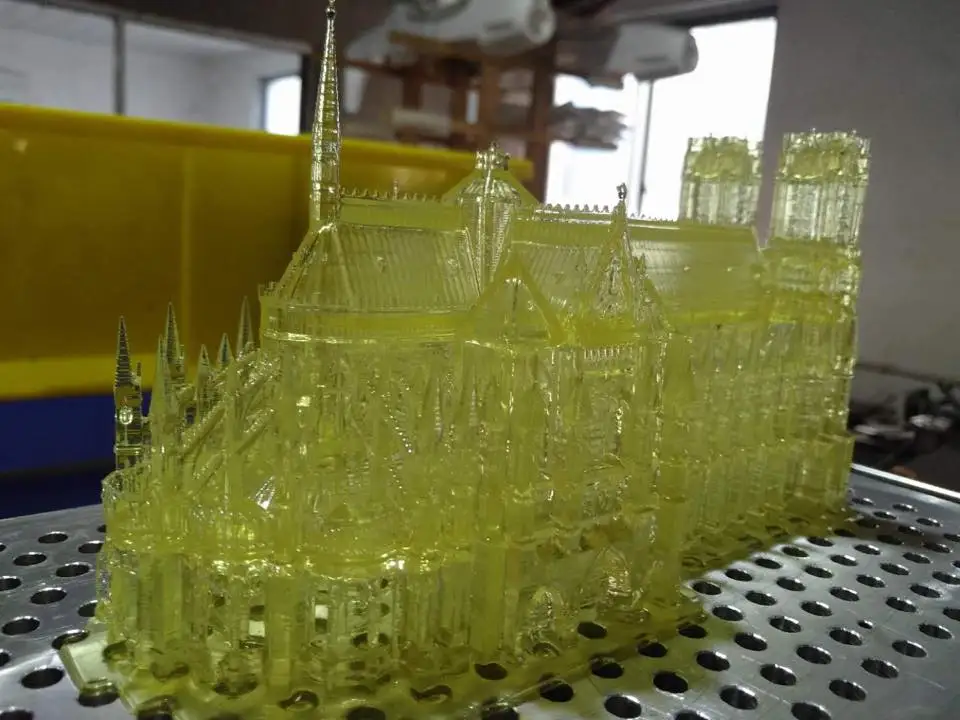
Learn more


